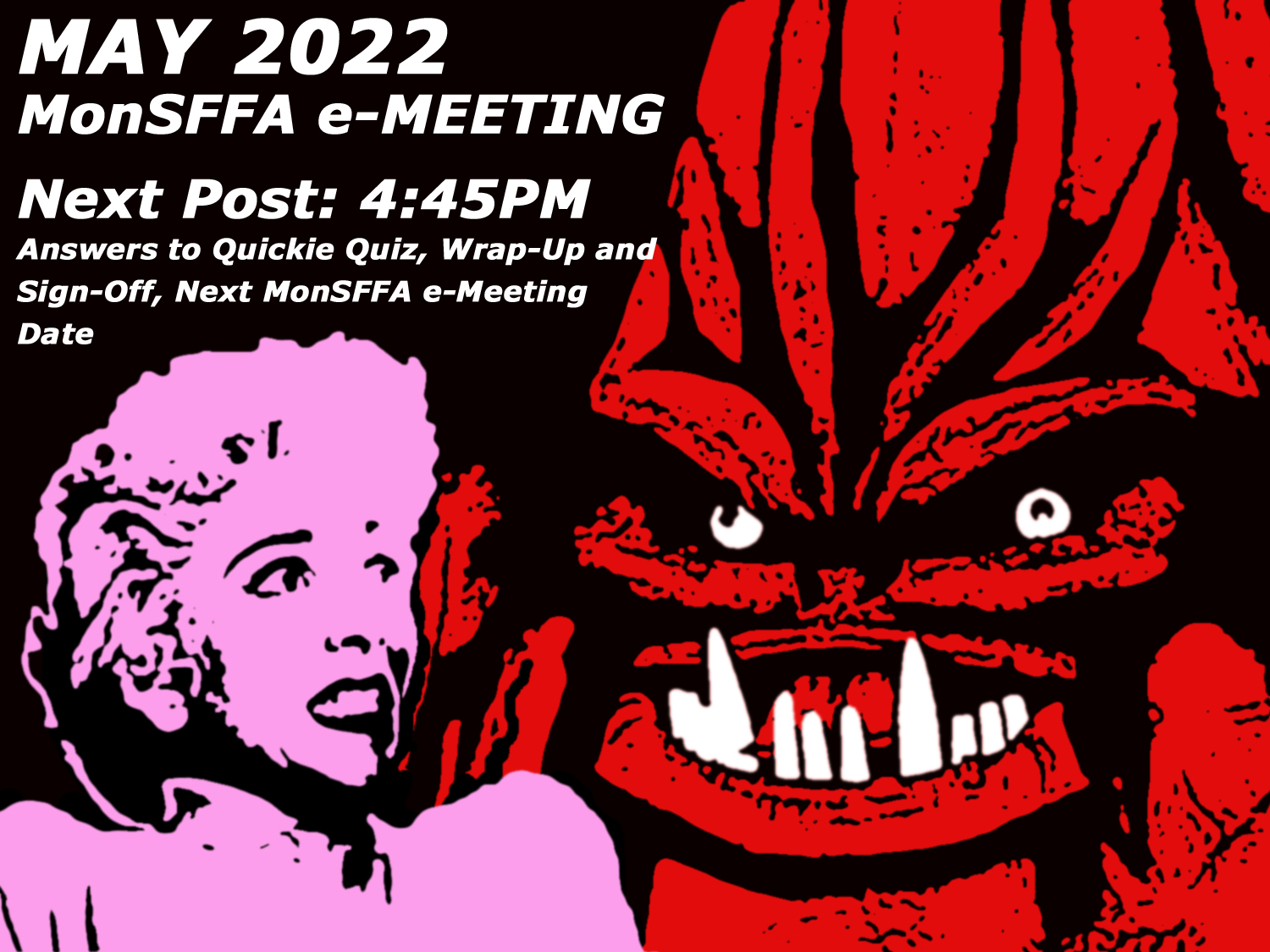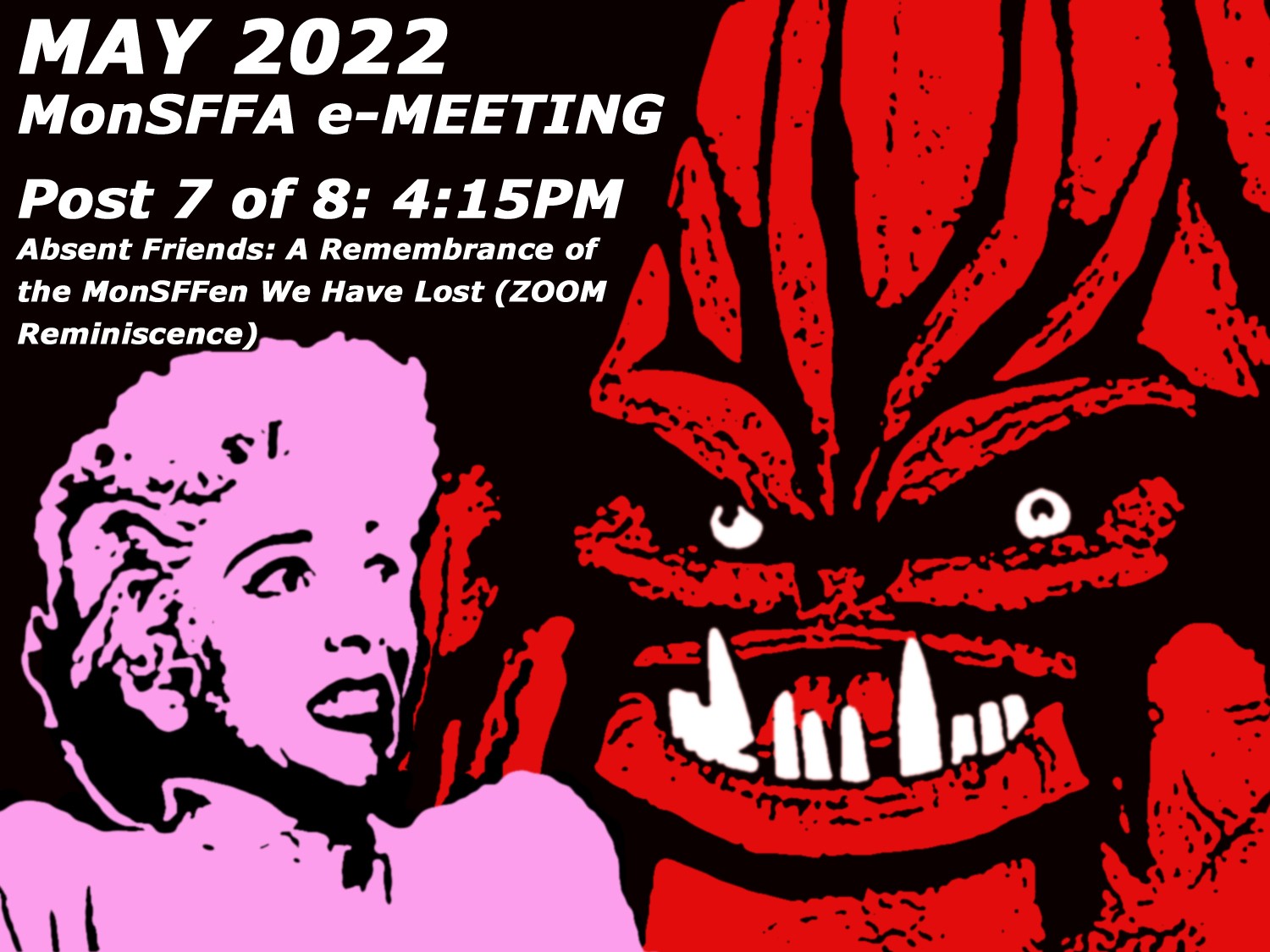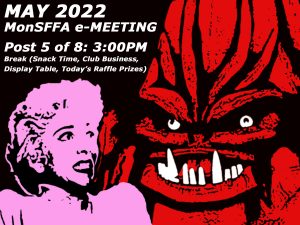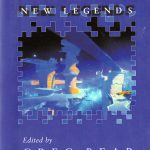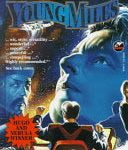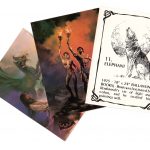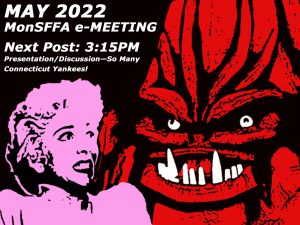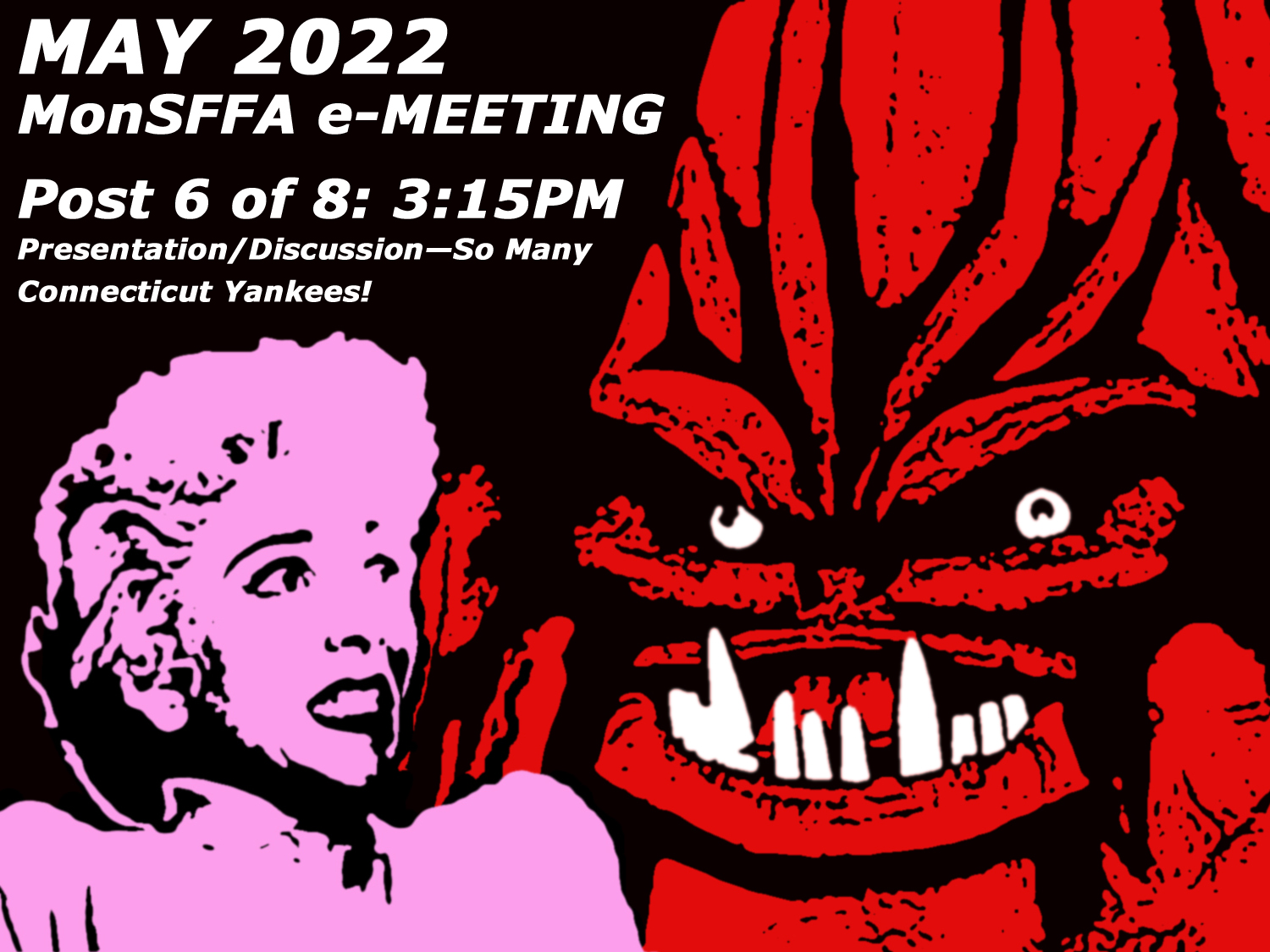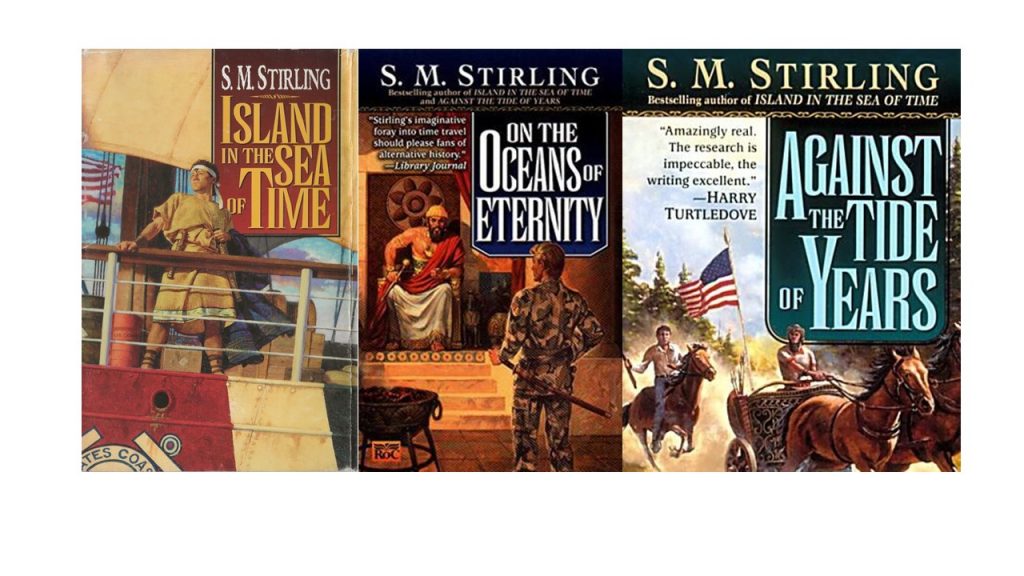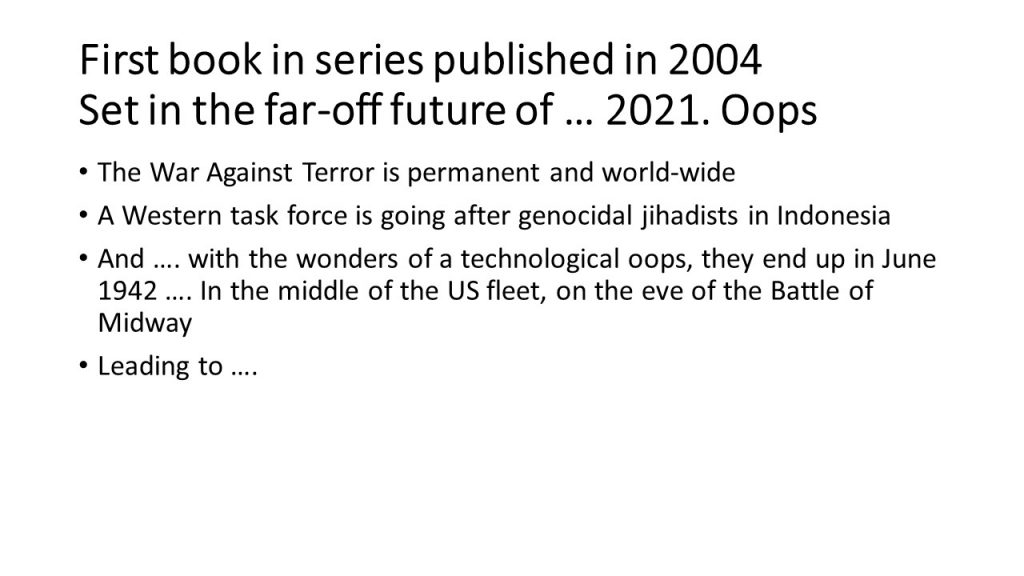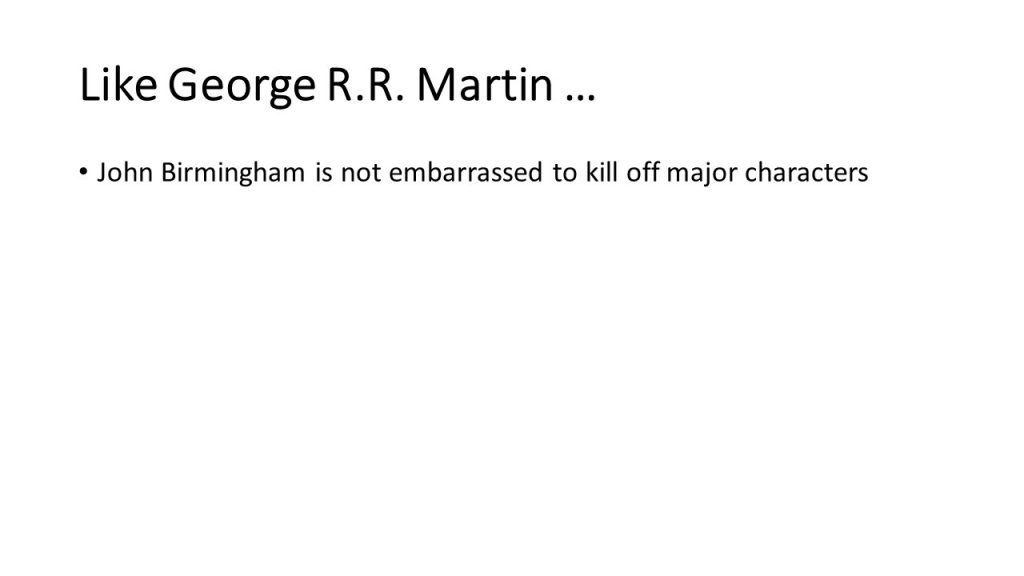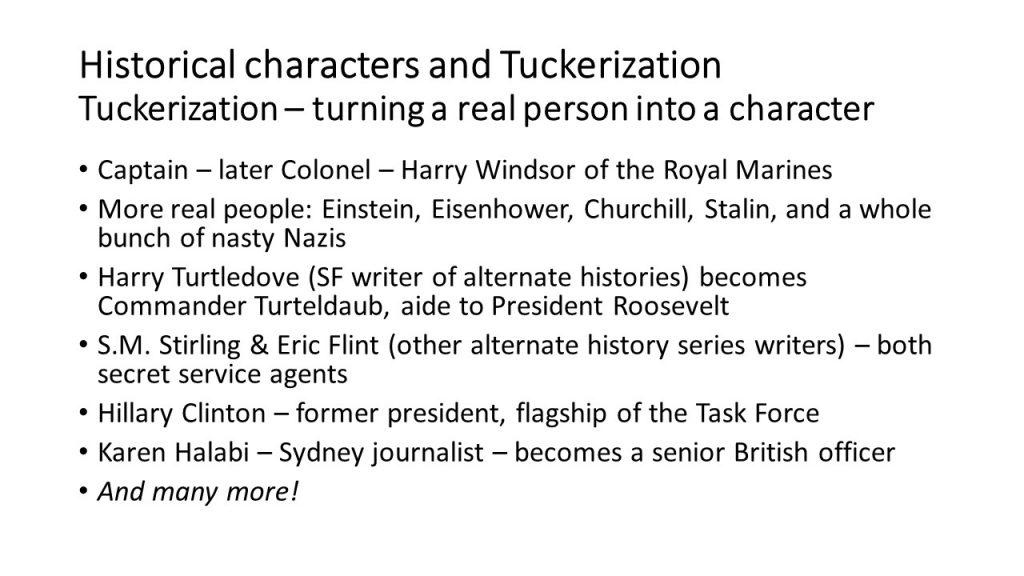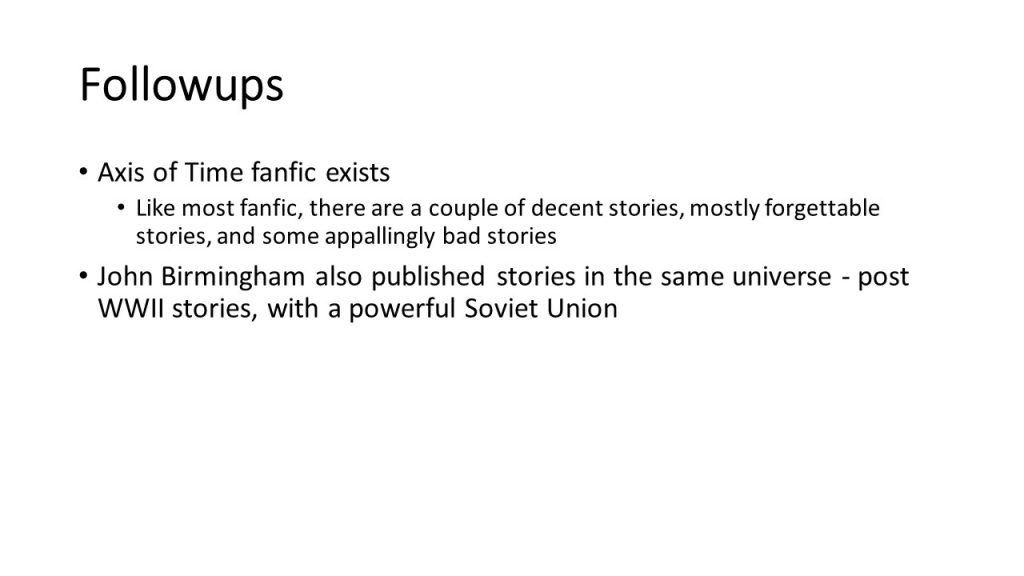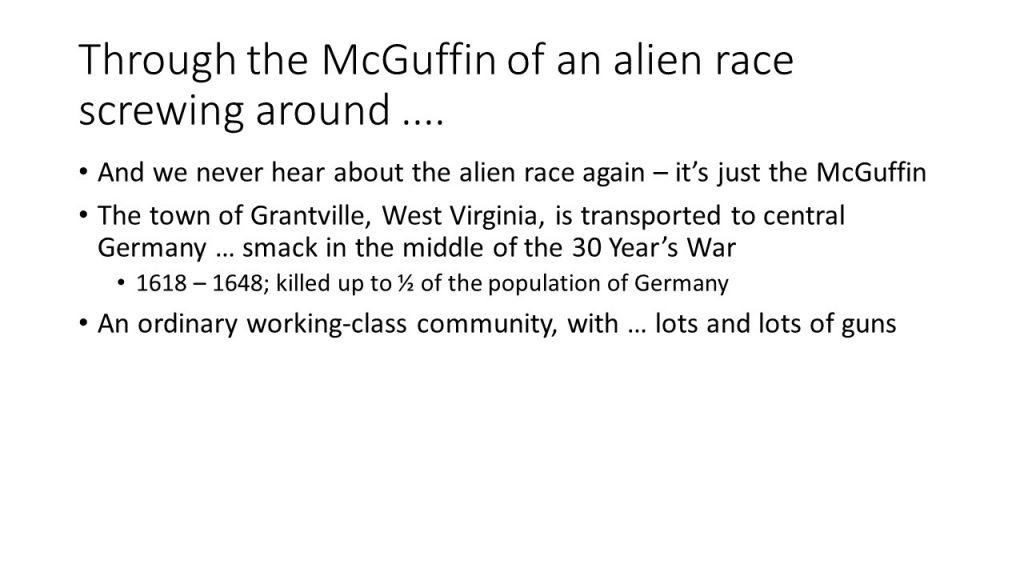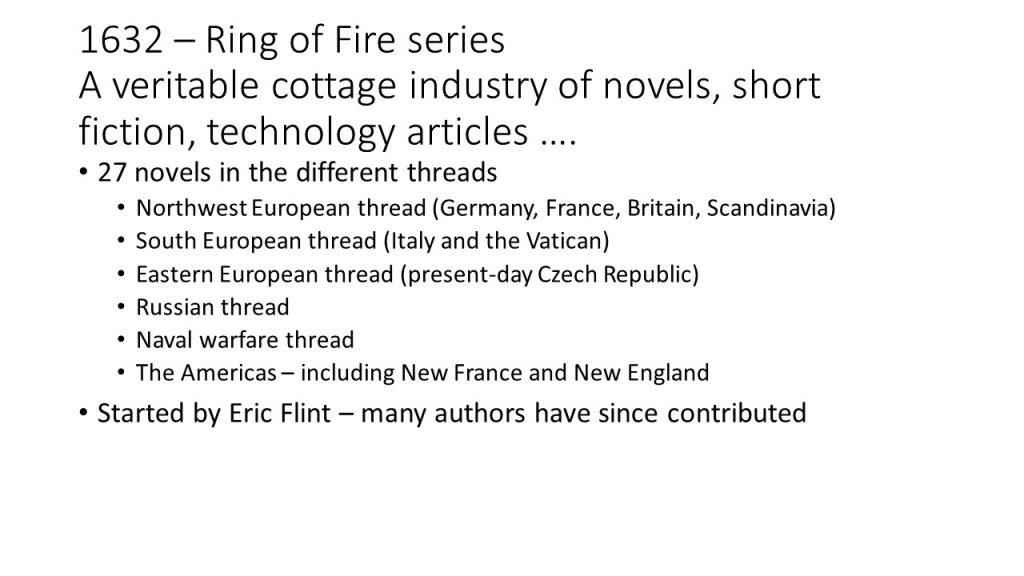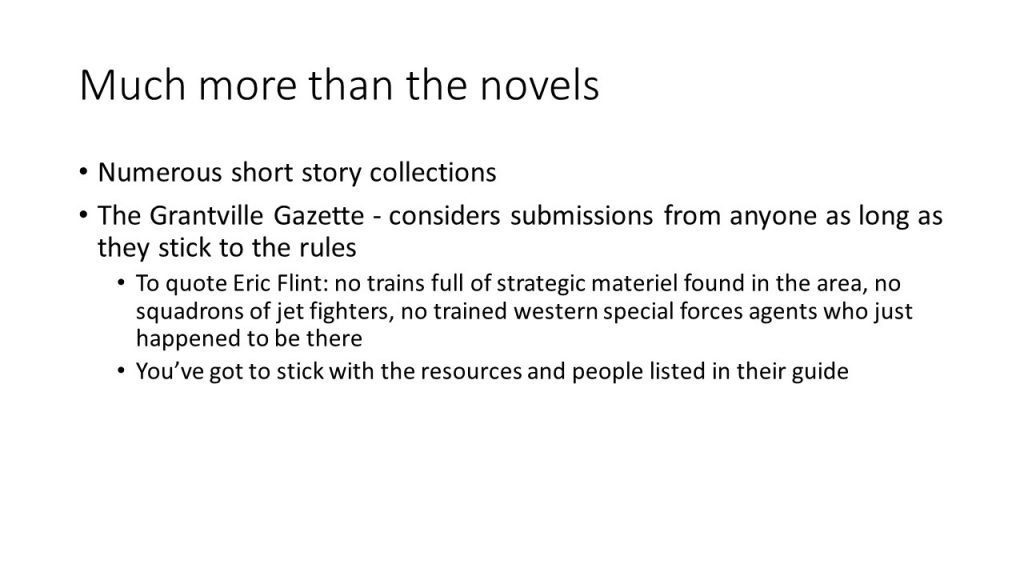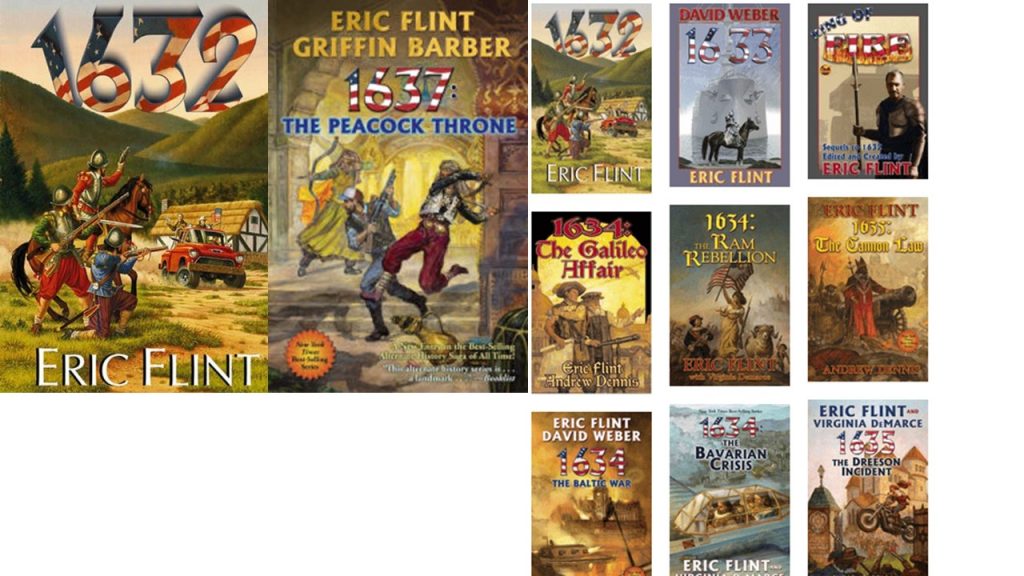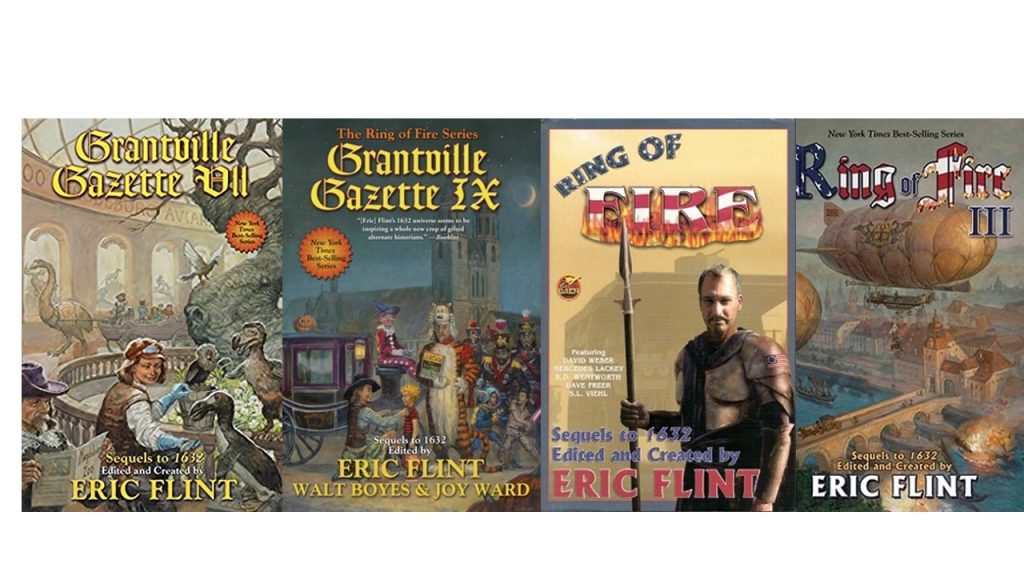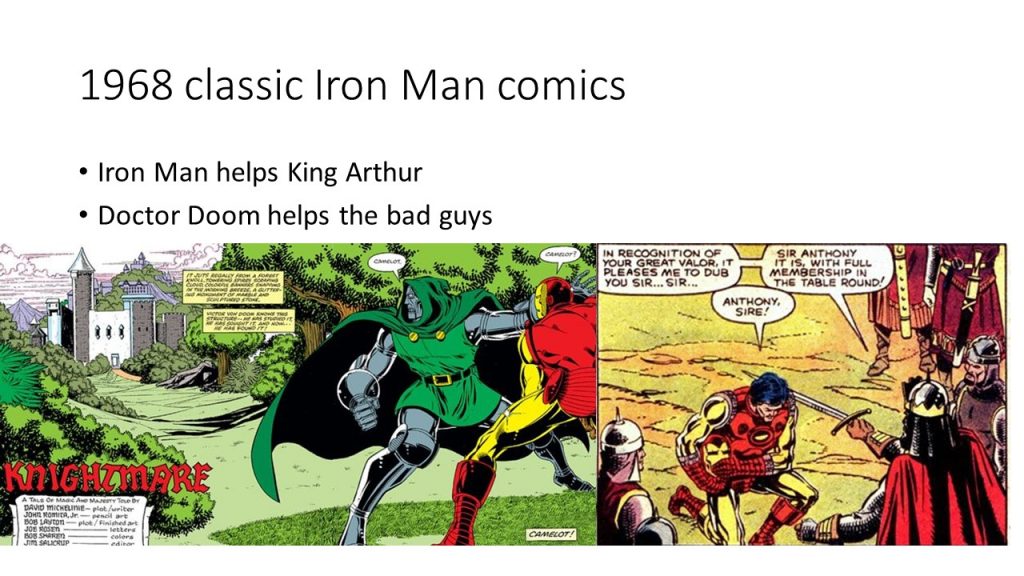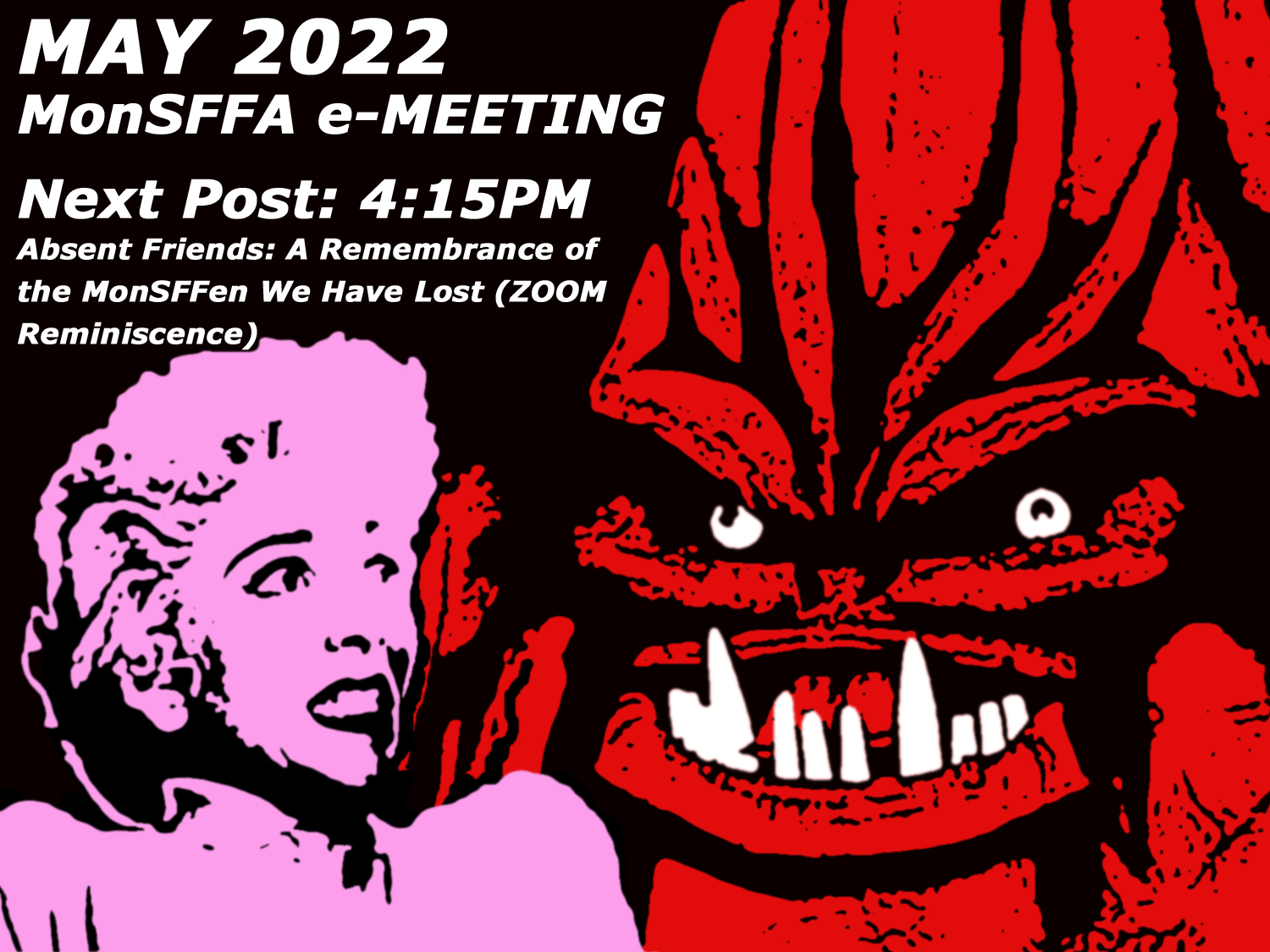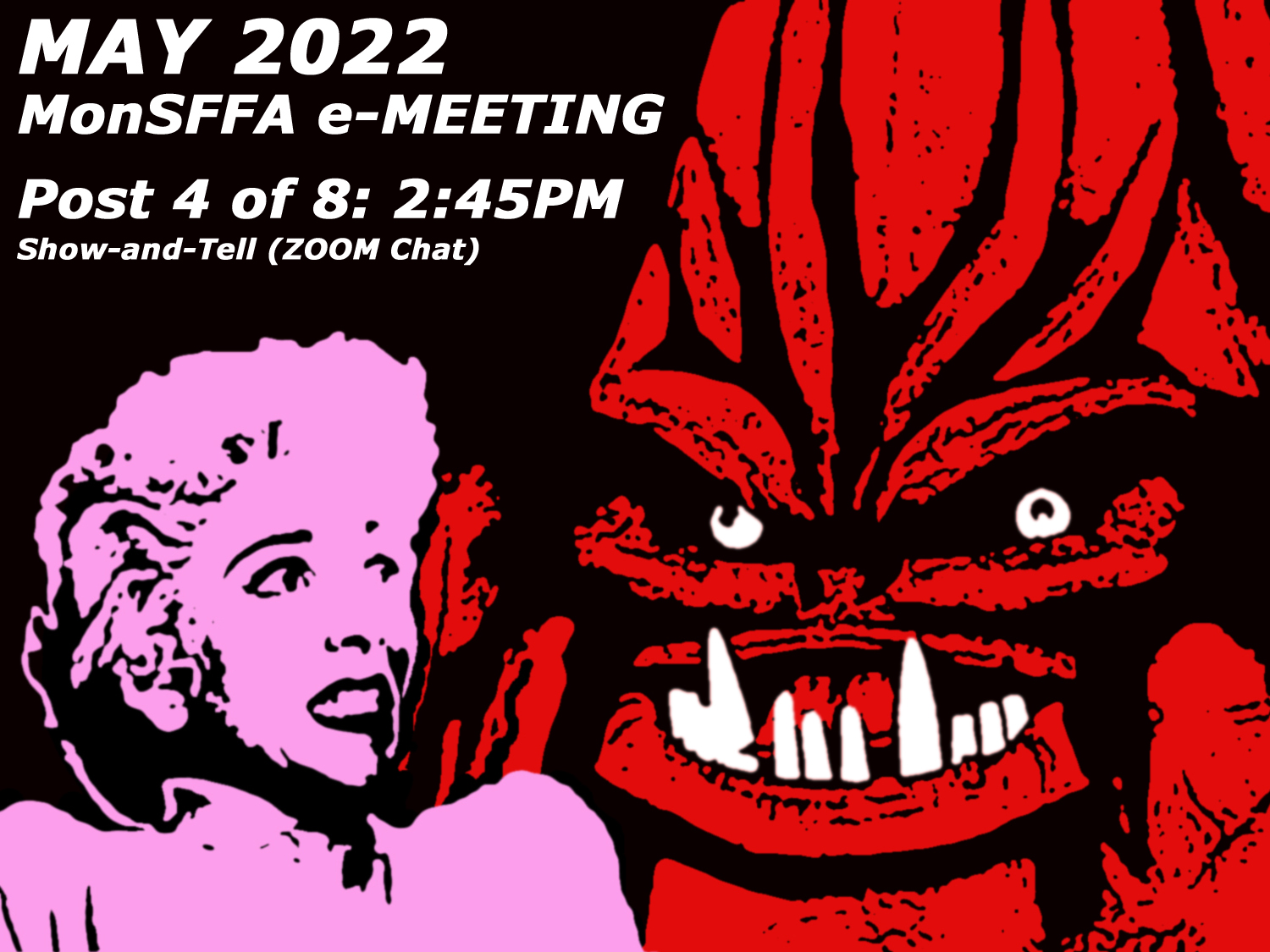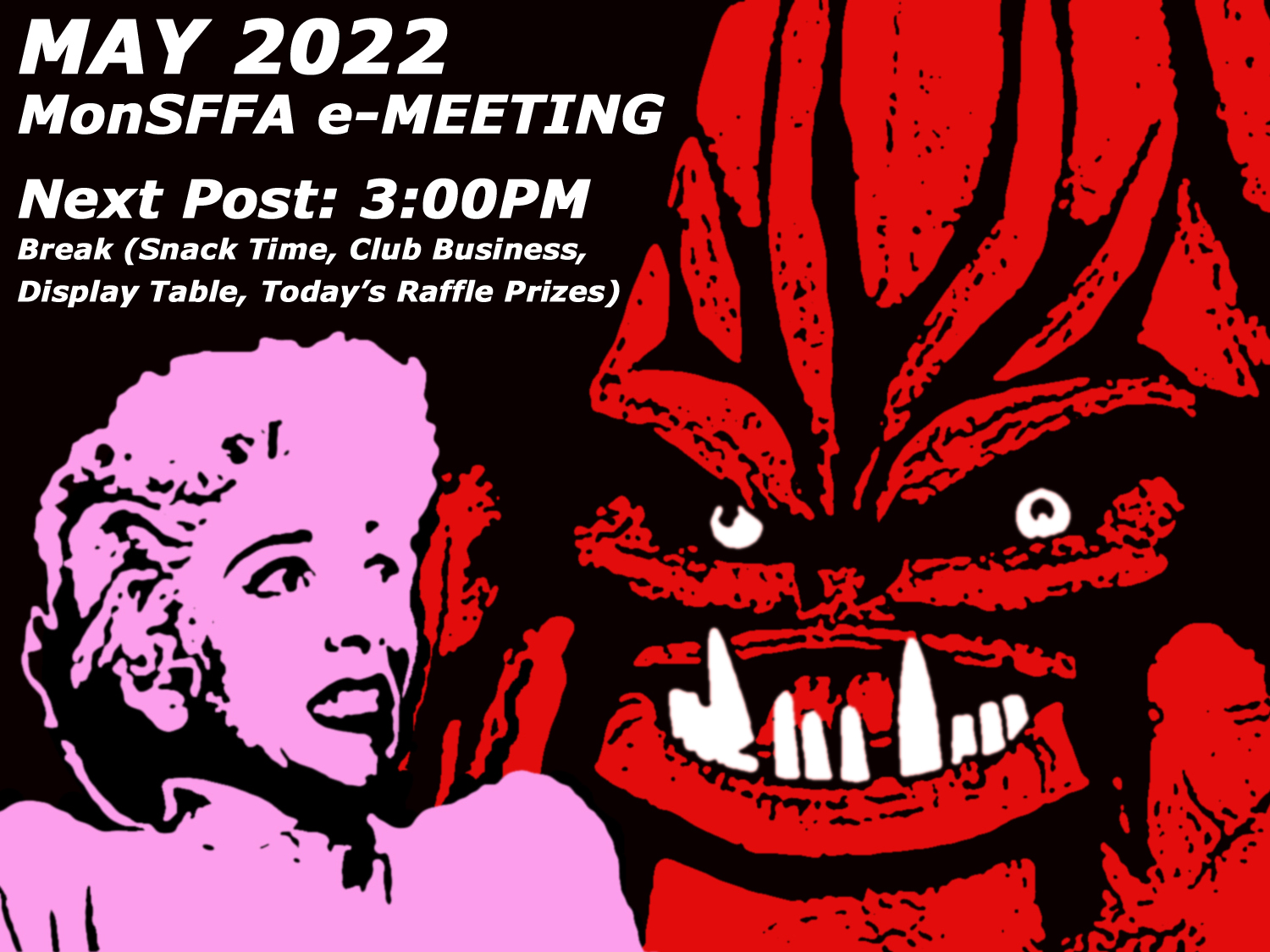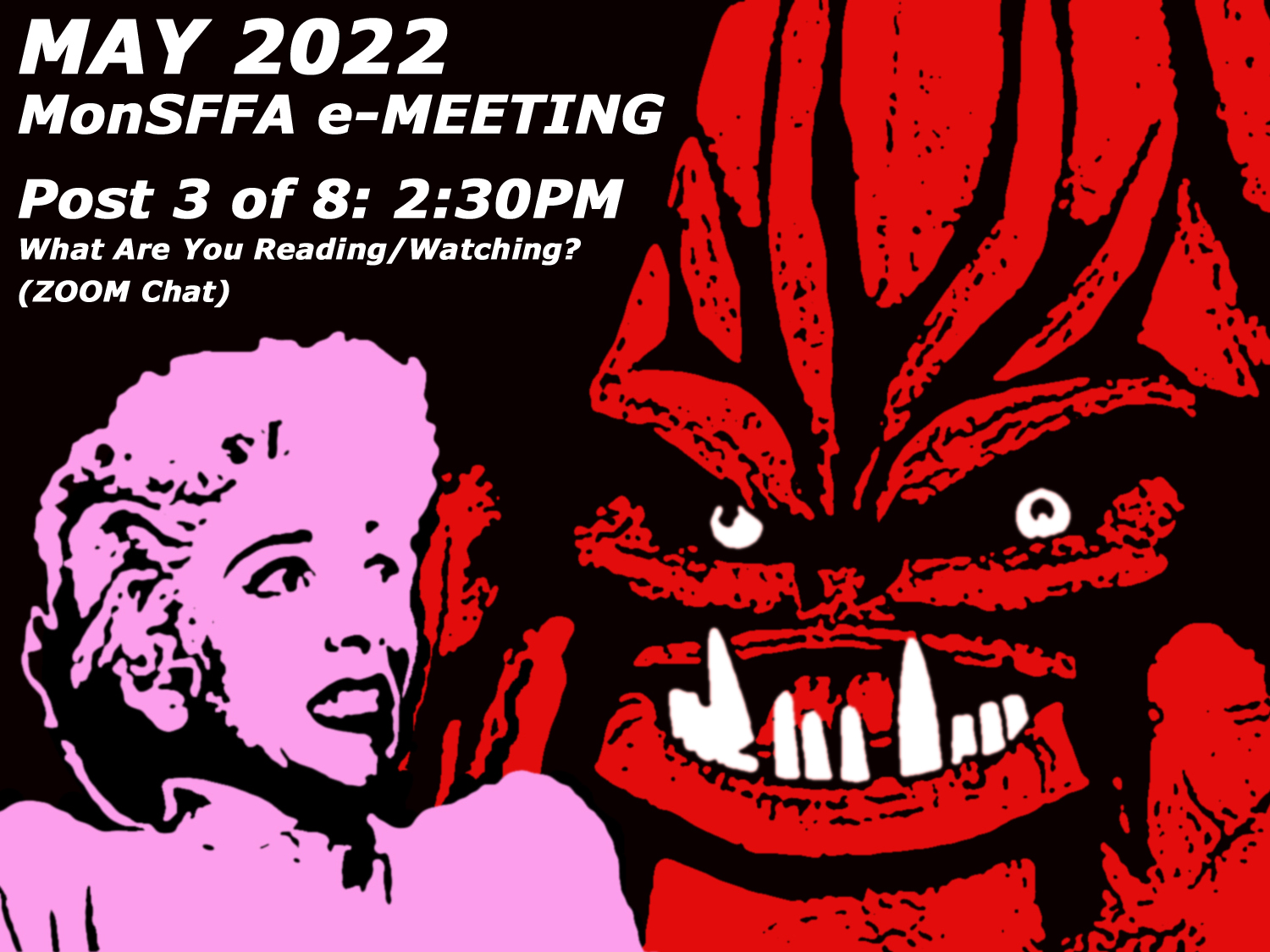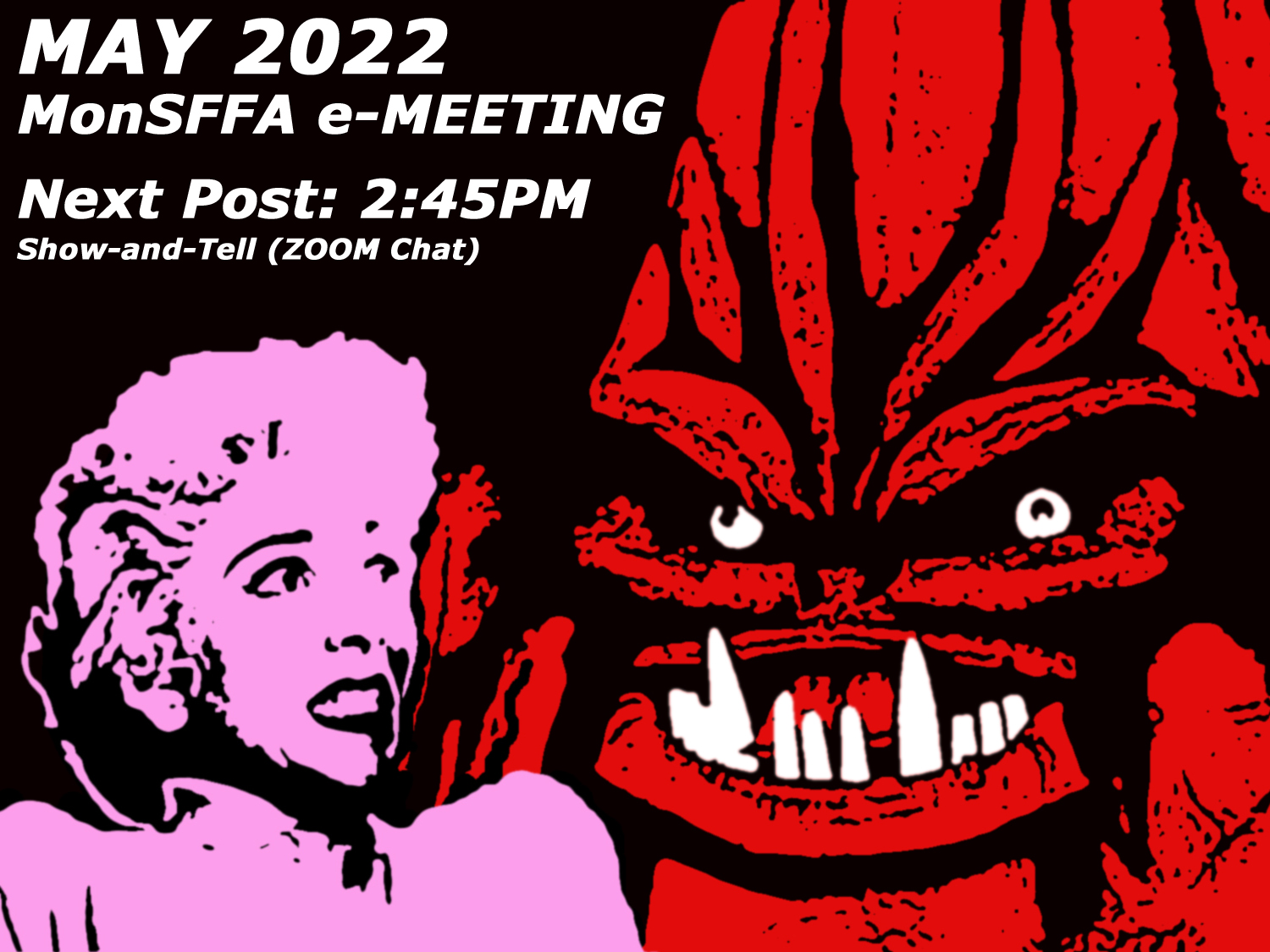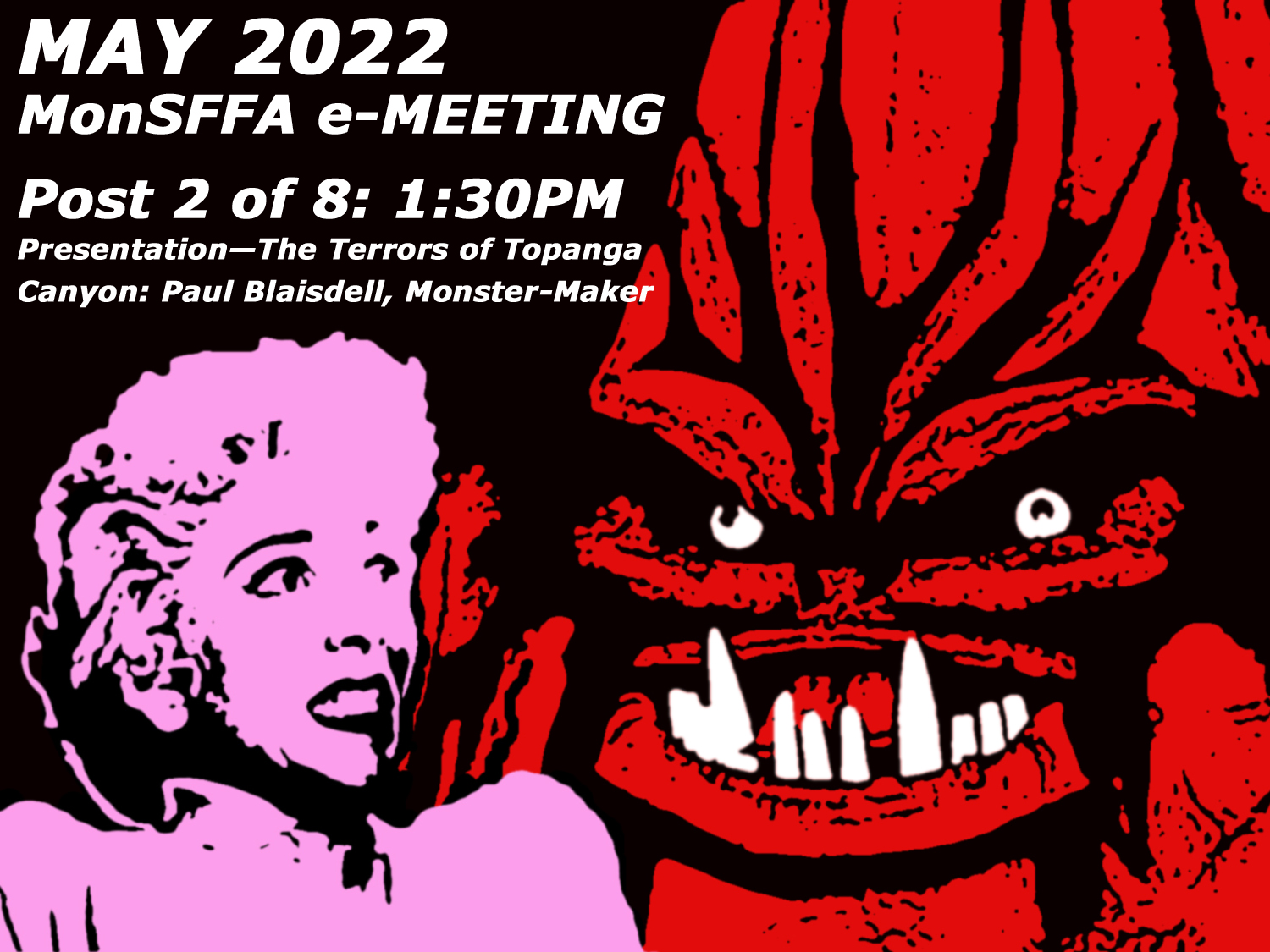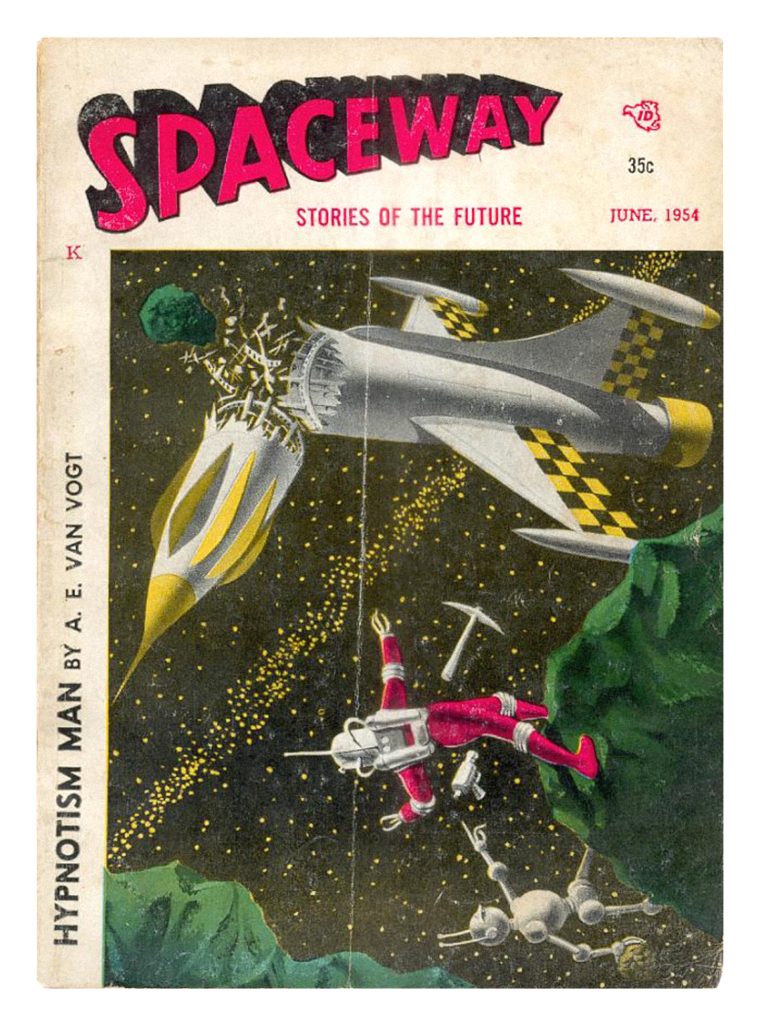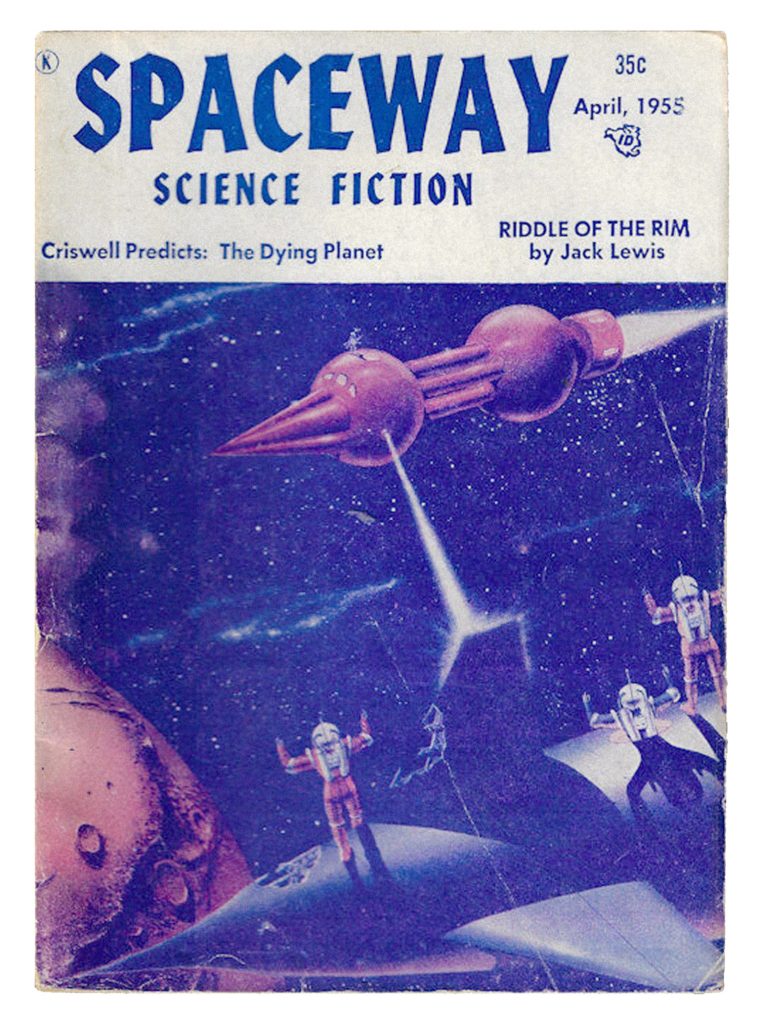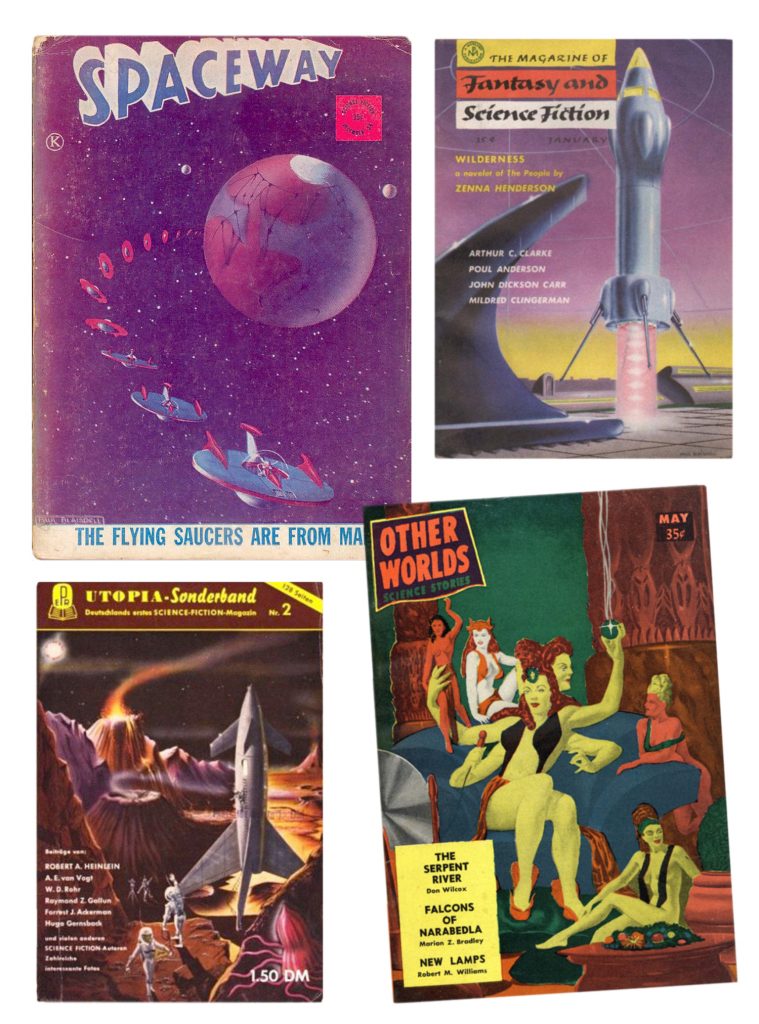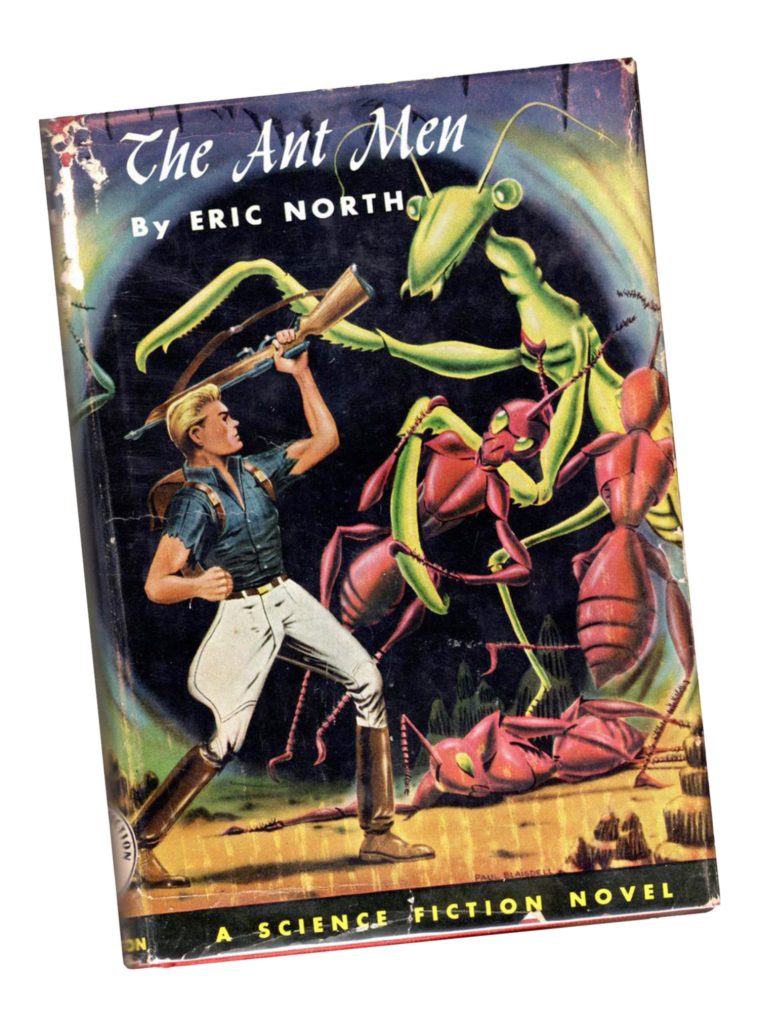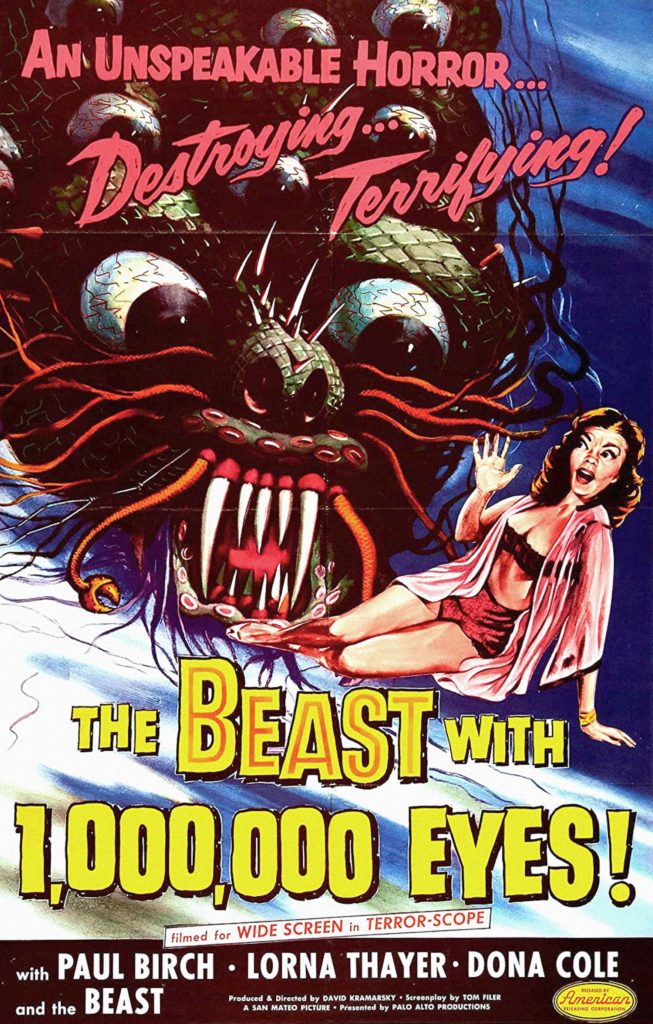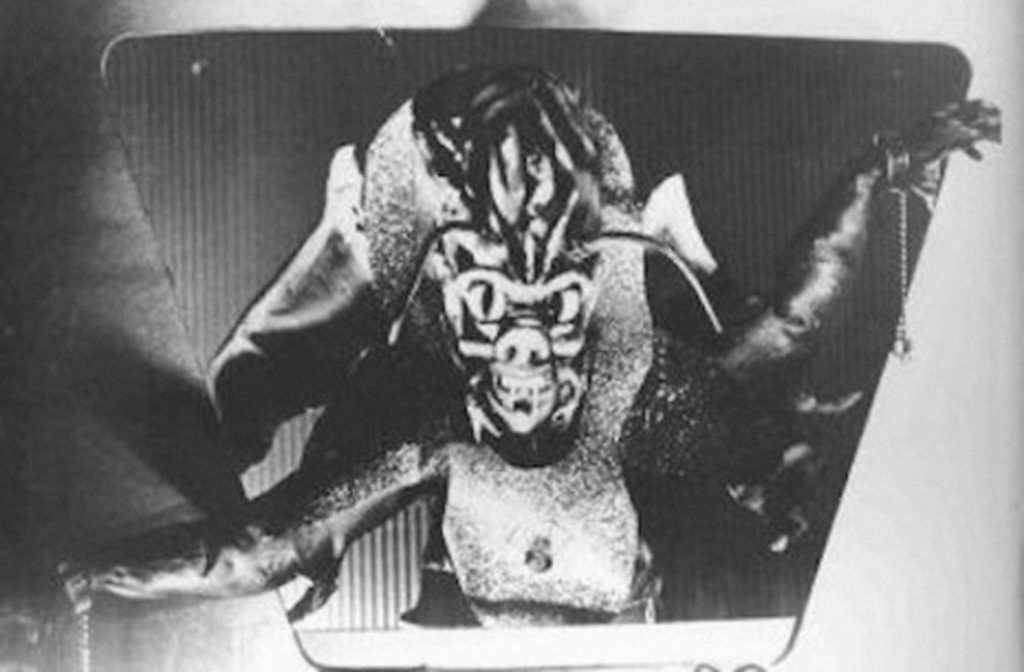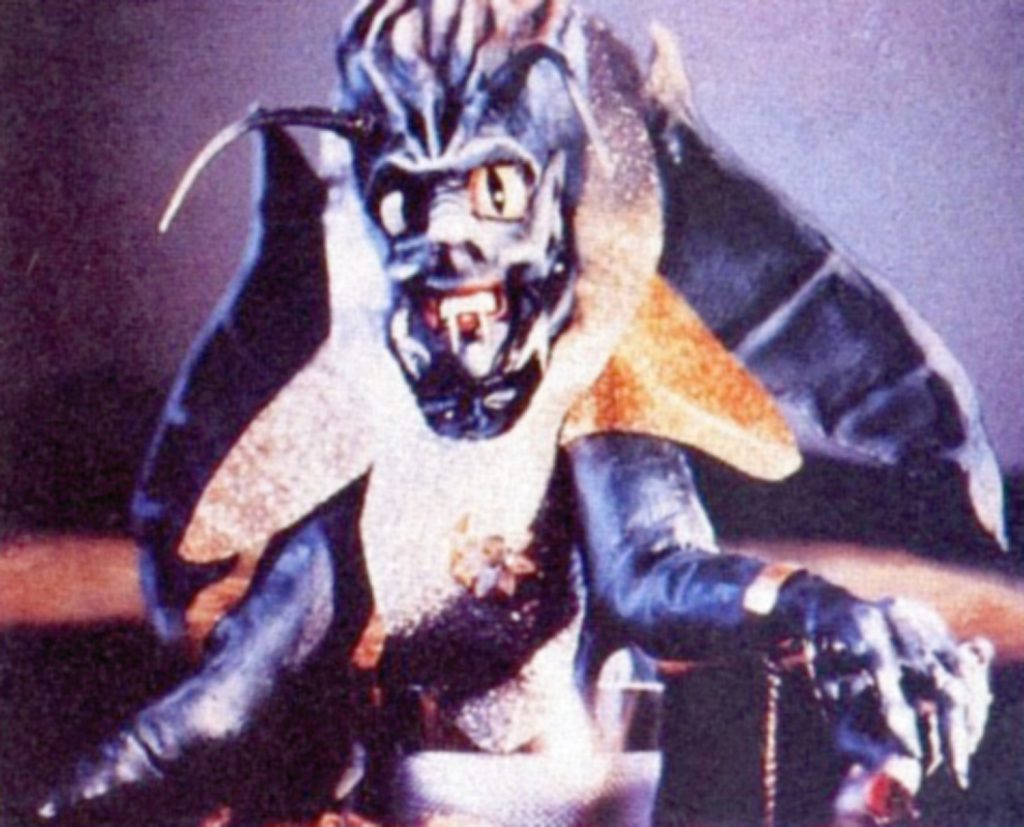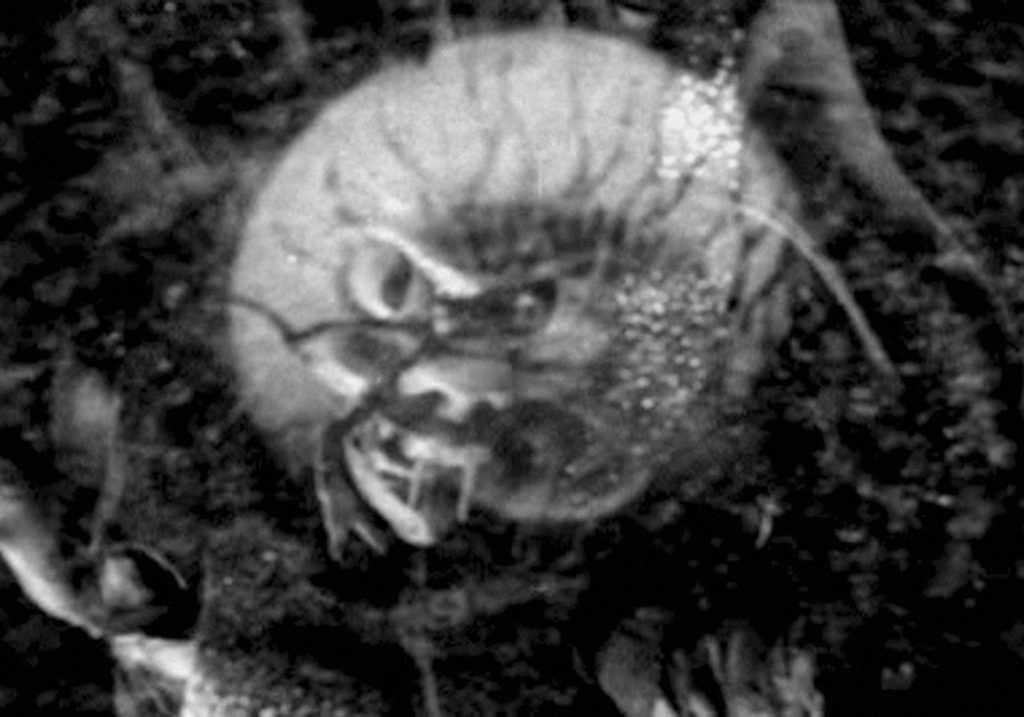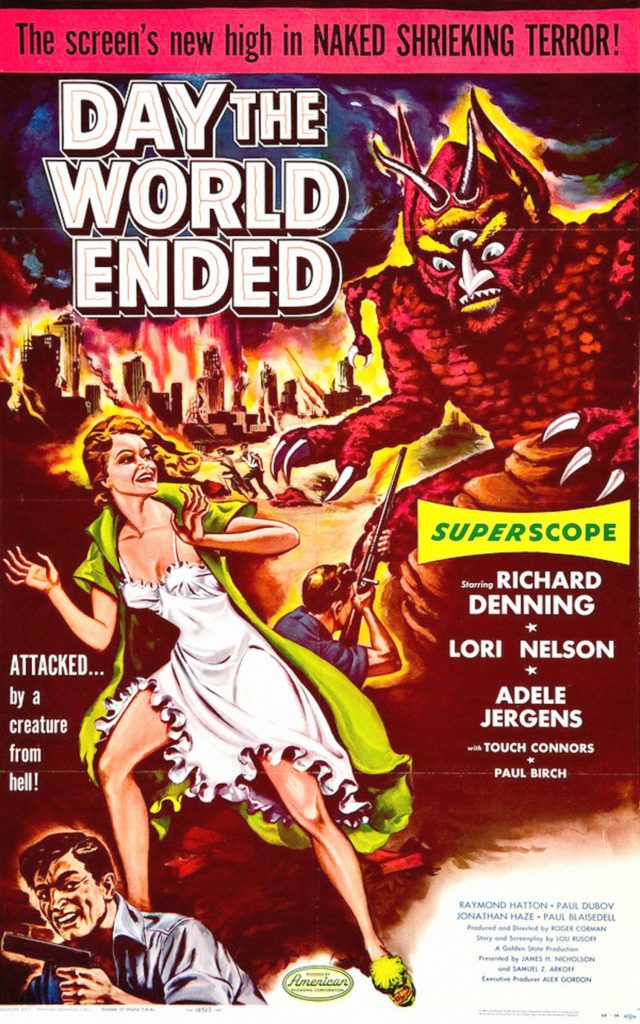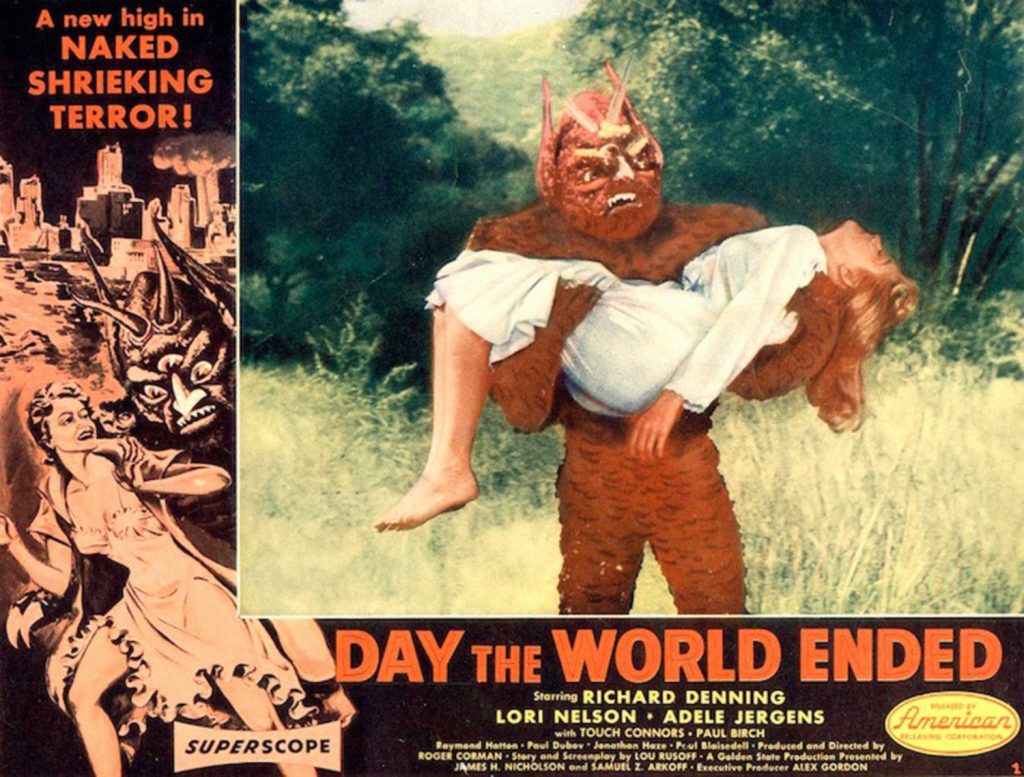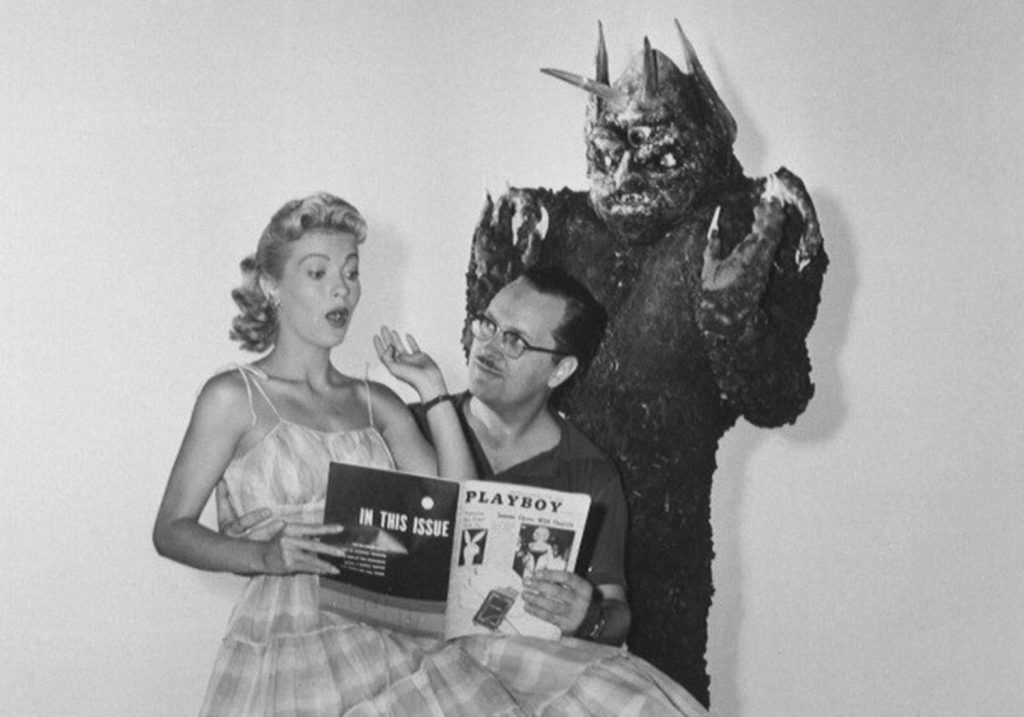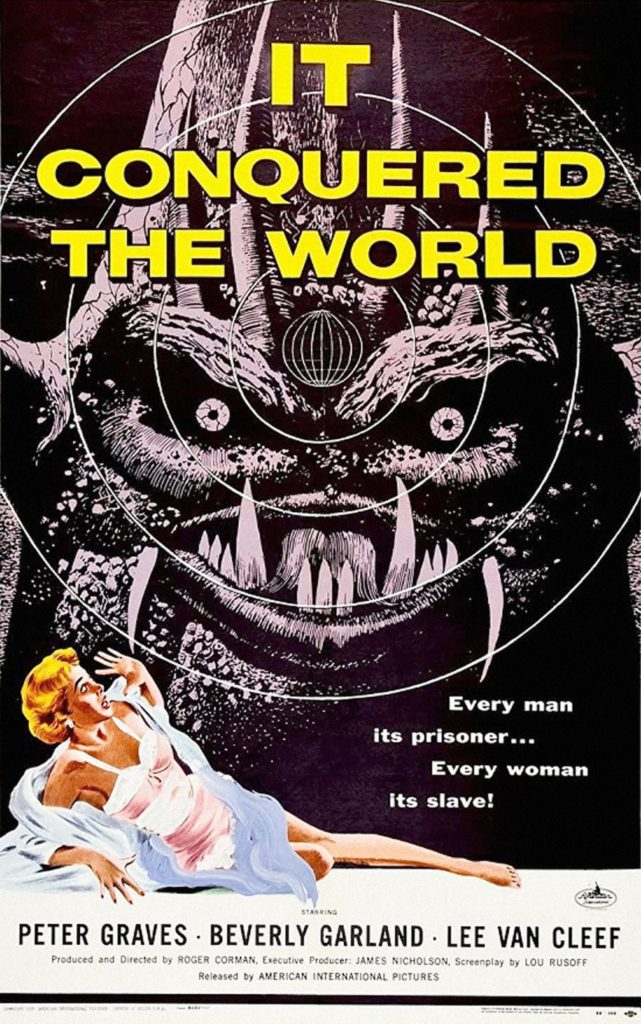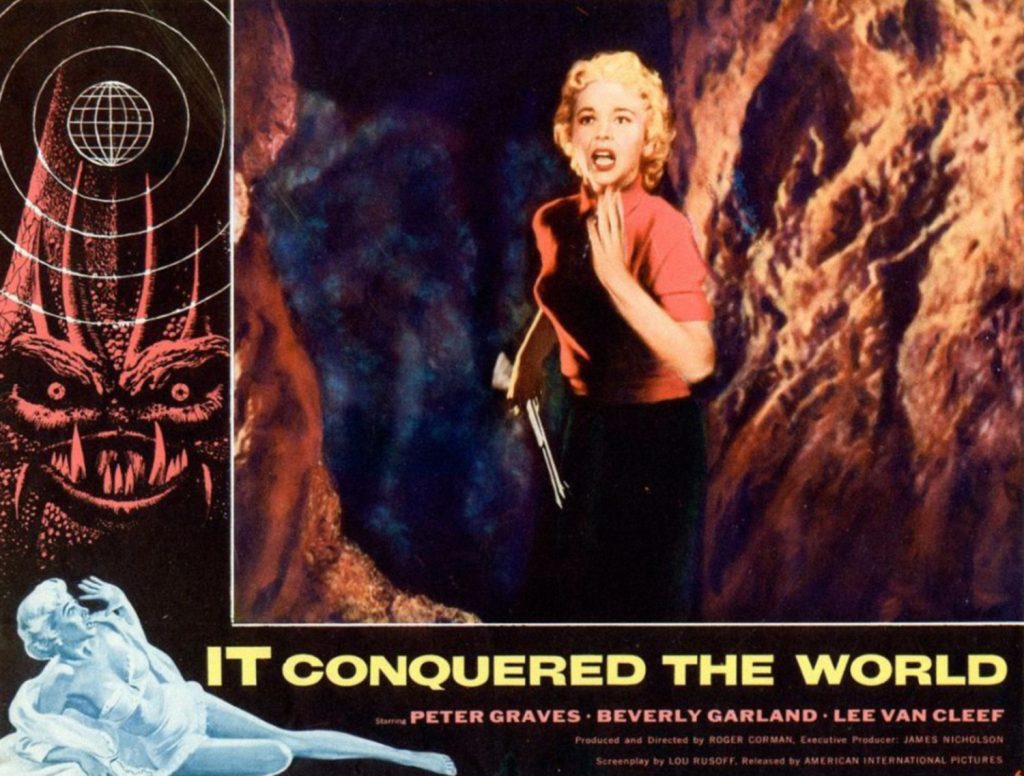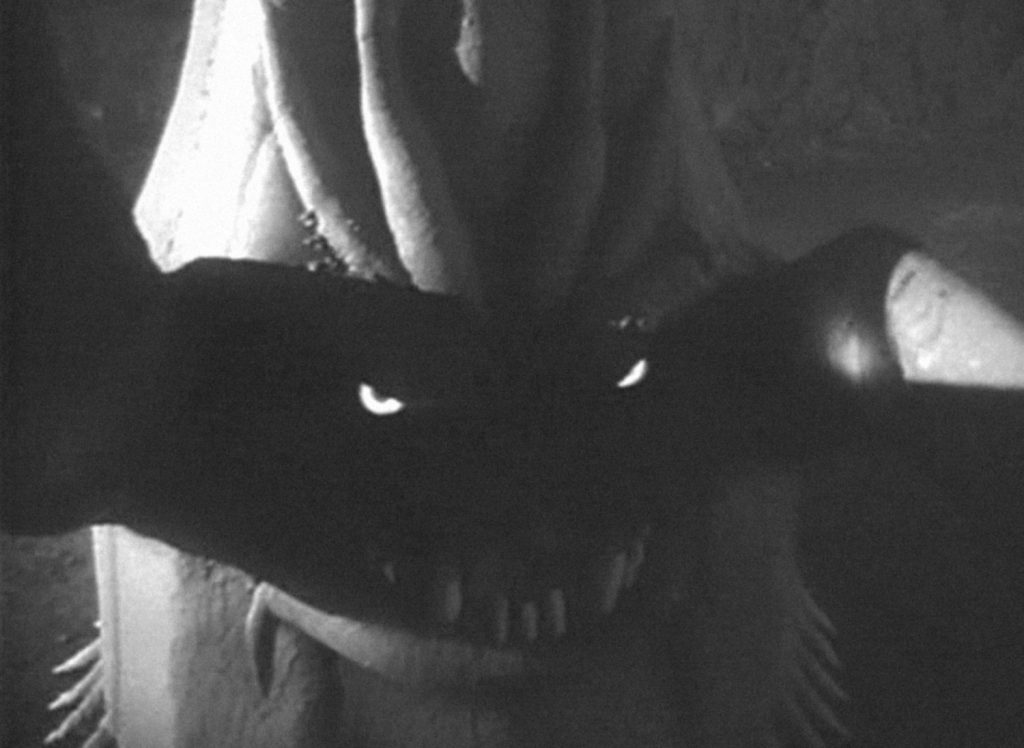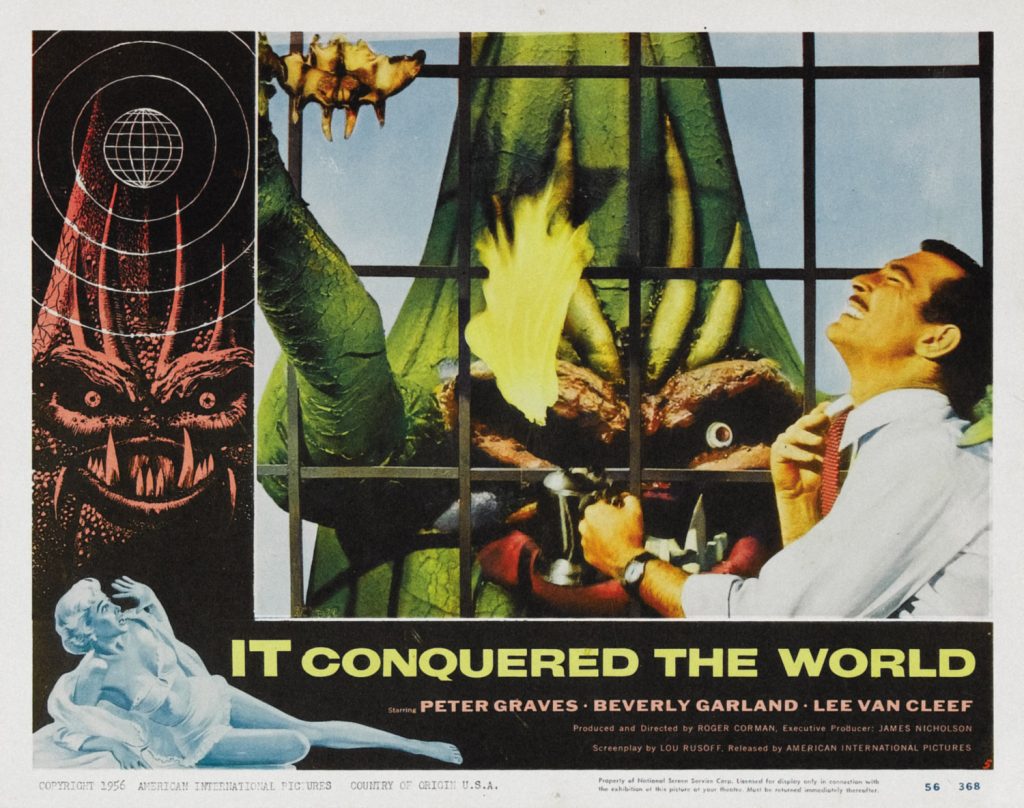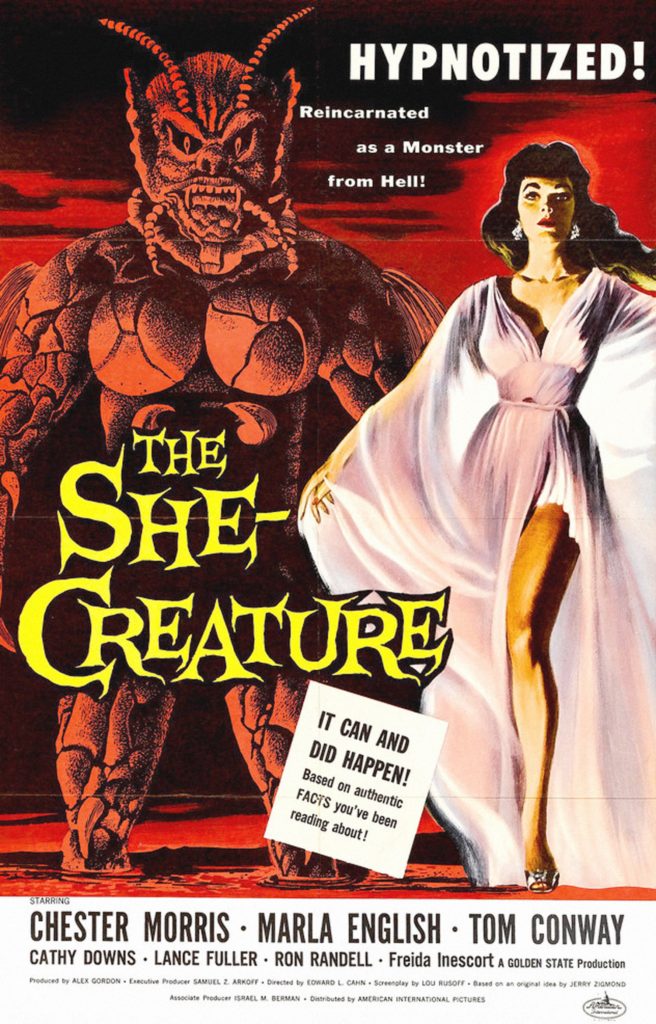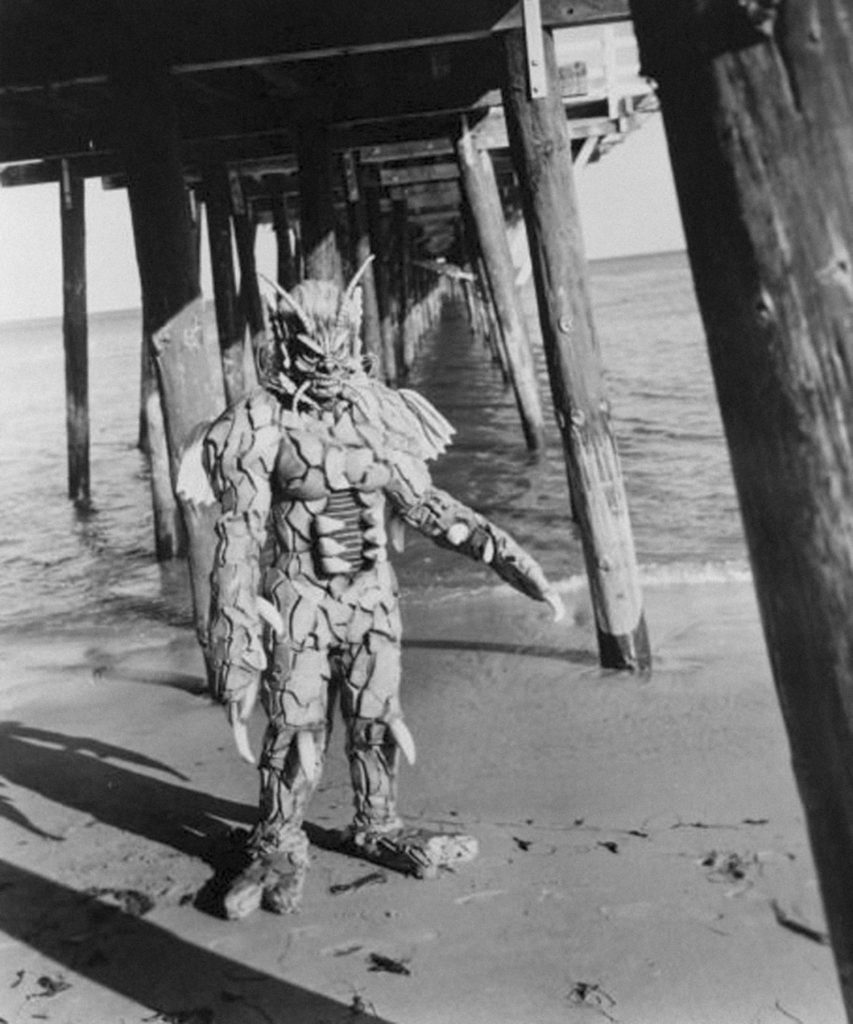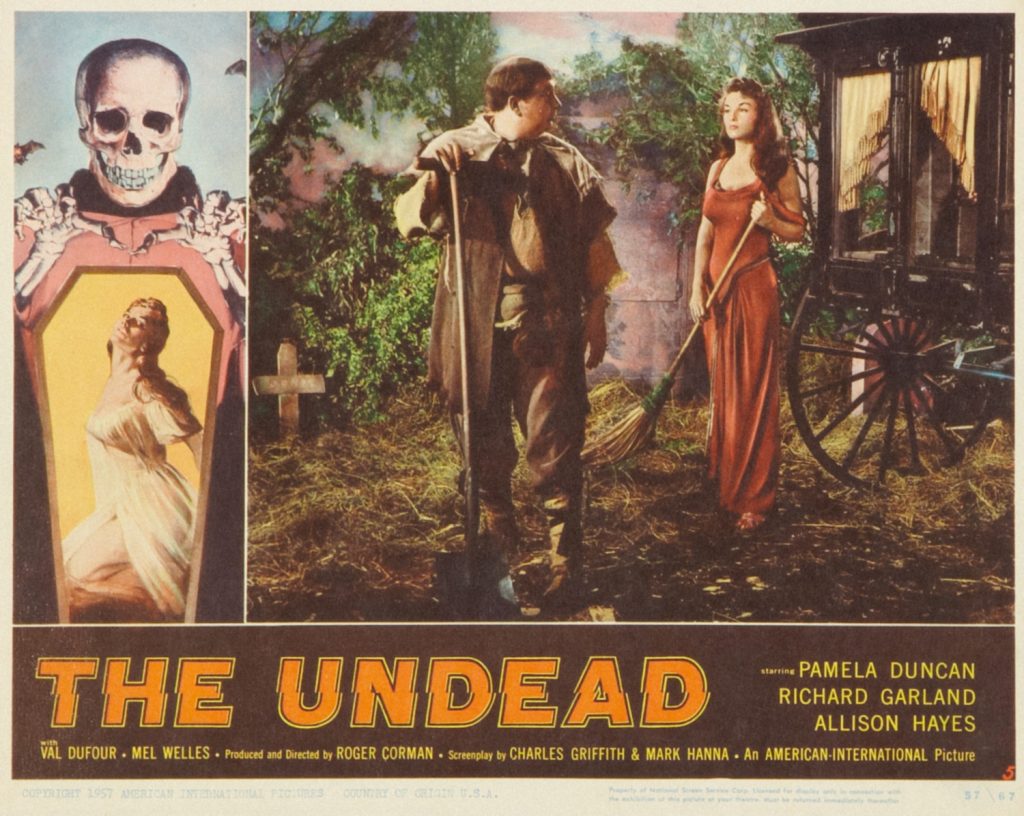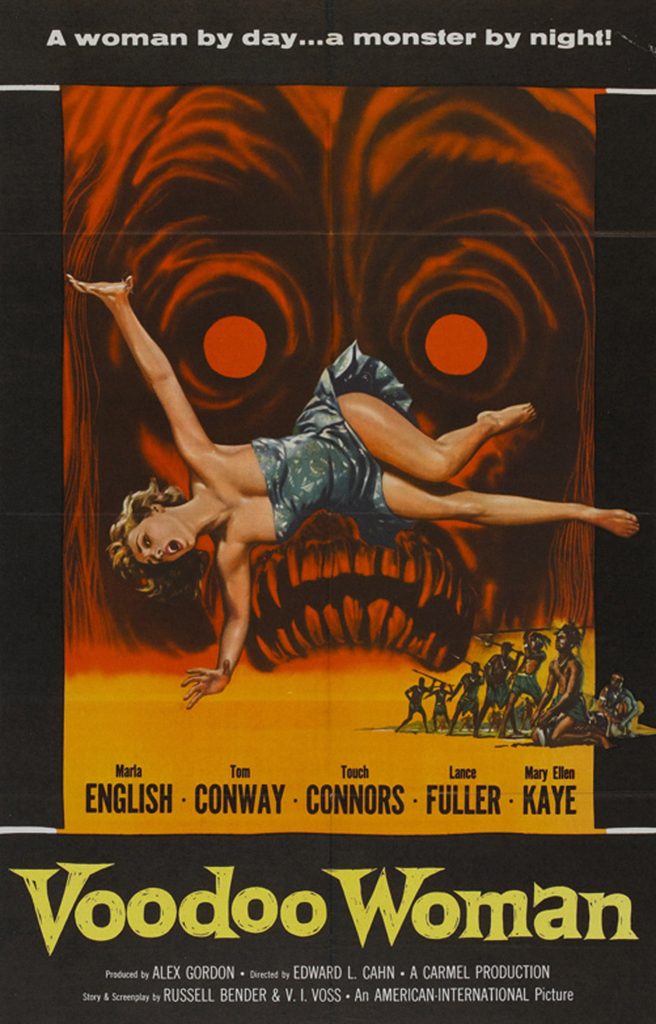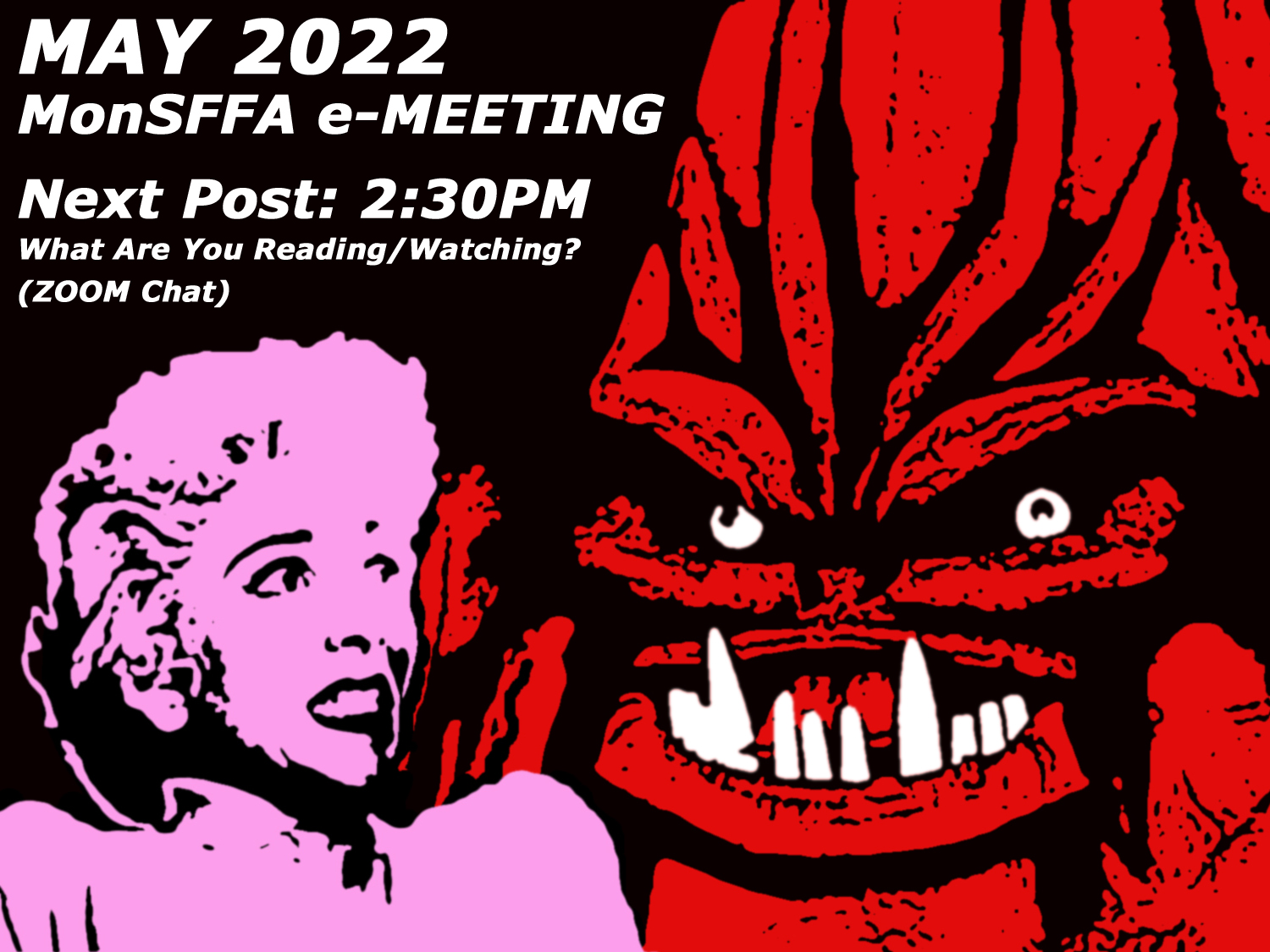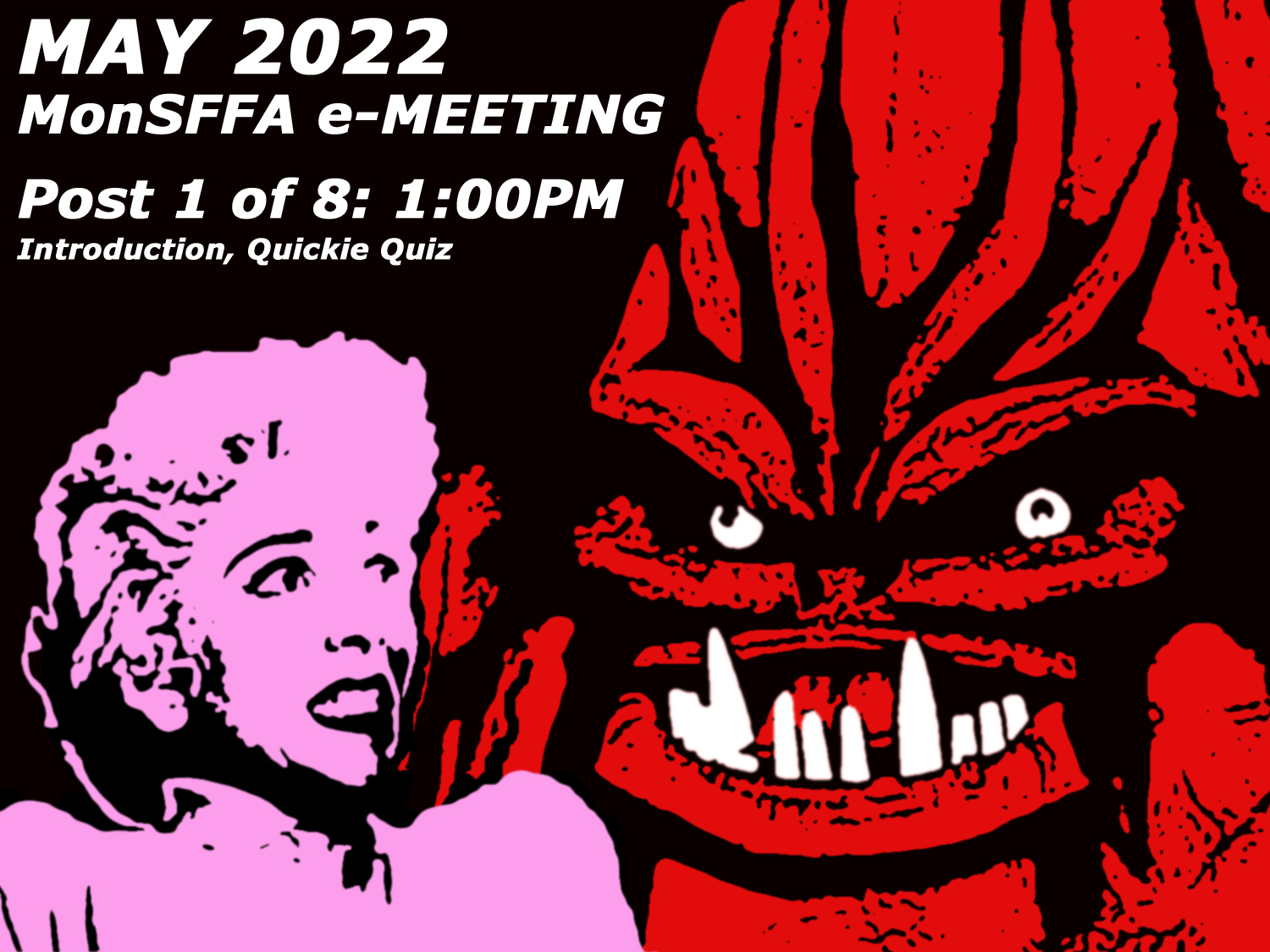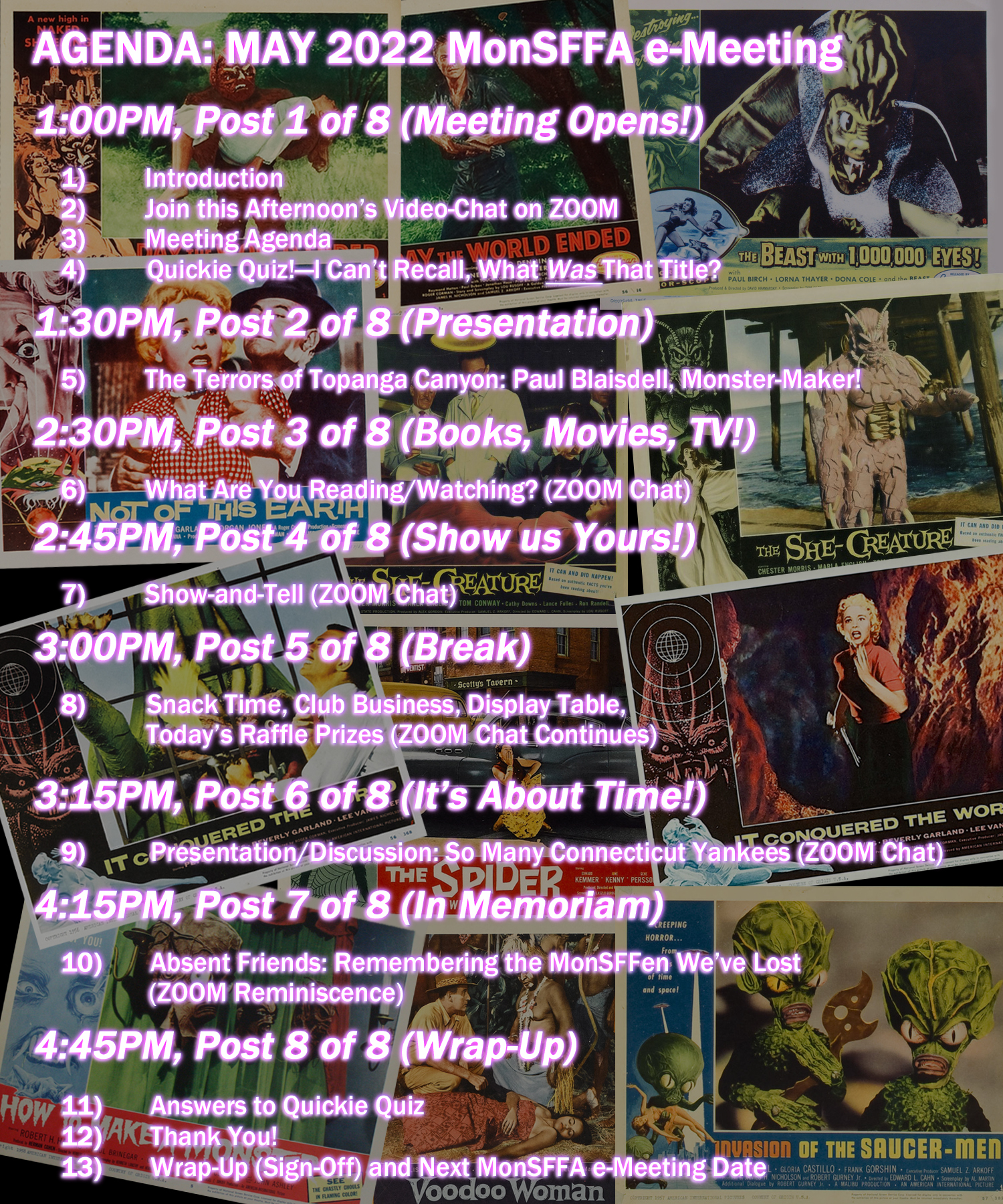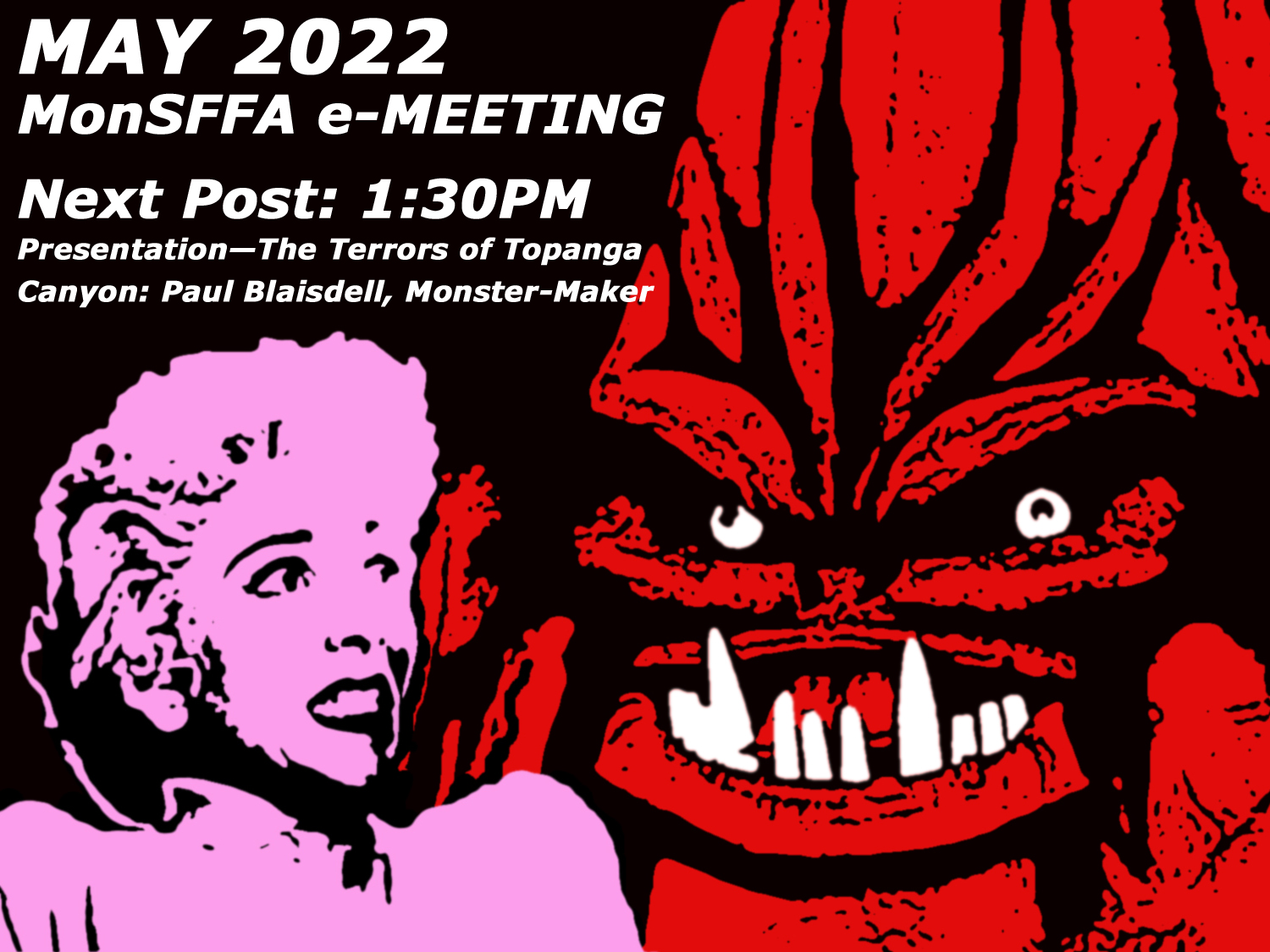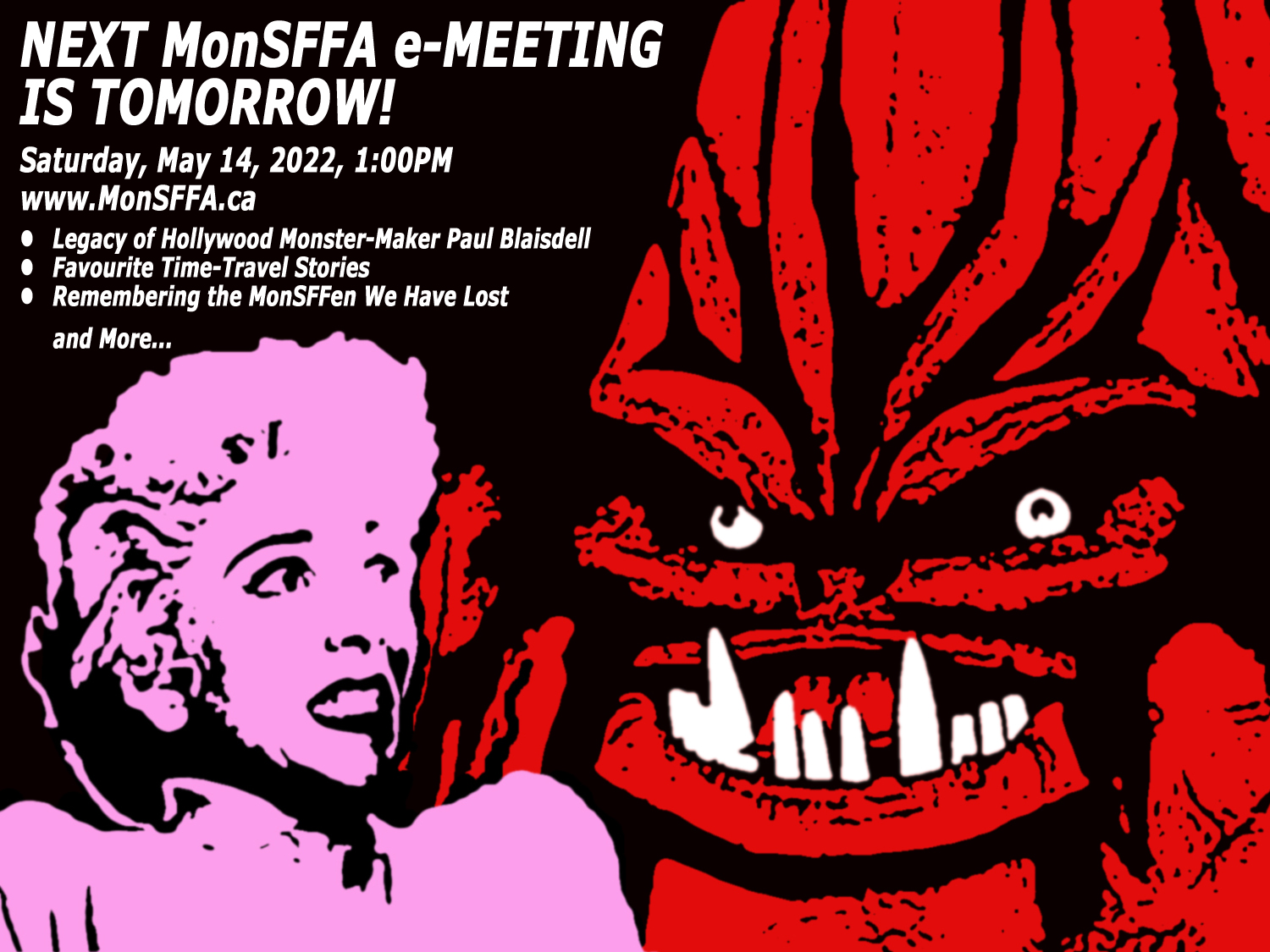10) ABSENT FRIENDS: REMEMBERING THE MonSFFen WE’VE LOST
The ravages of COVID-19 have been distressing for many, but most shattering for the families who have suffered the loss of loved ones to the contagion. Persons who became infected but survived, owing in great part to the vaccines, include some who continue to experience the effects of what has been termed “Long COVID,” a protracted physical and/or cognitive impairment associated with the virus.
The WHO estimates a global tally of over 517,000,000 cases of COVID to date, with some 15 million people having died during the course of this pandemic. Canada reports over 3,700,000 cases to date and just shy of 40,000 deaths, while Québec has recorded more than a million cases and over 15,000 deaths, the worst record of all Canadian provinces and territories! Neighbouring Ontario, with more than twice Québec’s population, lists about 13,000 COVID deaths.
Each of those statistics represents a person and within our small cohort of MonSFFen, we have grieved the loss of two current club members to the virus. Further, several of us have lost family members to COVID.
This got us to thinking about those members of our club, current and former, and other fannish friends we have lost, not only to COVID, but in general, since MonSFFA was formed in the late 1980s.
And so, as the pandemic seemingly wanes, we take this time to memorialize those dear departed MonSFFen and fannish friends we have lost, recently and over the years since our founding. On ZOOM for the next half hour or so, we will eulogize fellow club members, and other local friends-in-fandom, now departed but fondly remembered.
MonSFFen not able to join us on ZOOM today may reminiscence in writing by using this post’s “Leave a Comment” feature.
Membership records, while imperfect, tell us that seven MonSFFen, have passed away since the inception of the club, most departing before their time. Let us begin with these, our “Magnificent Seven.”
Baird Searles

Baird was a bona fide science fiction professional, the author/co-author of several non-fiction books on the genre and a long-time reviewer for Asimov’s Science Fiction and other SF magazines. For years, he managed The Science Fiction Shop, a SF/F bookstore in New York City’s Greenwich Village.
Baird moved to Montreal circa 1990 with his partner, Martin Last, and became involved with this city’s science fiction and fantasy fandom, including MonSFFA, which he readily joined. He was friendly and, not surprisingly, very knowledgeable about the genre. He often allowed book reviews he’d written for Asimov’s to be published in Warp, some of these appearing in our humble fanzine first!
Baird succumbed to lymphatic cancer on March 22, 1993. Martin passed in 2006.
Oran Gleason
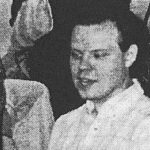
Oran joined MonSFFA not long after the club was established—at the time it was called MonSTA, the Montreal Star Trek Association—and became a fixture at our regular monthly meetings, until the mid-1990s, when we began to see less of him. We learned he had cancer. He passed away on August 9, 1997.
Oran was a devoted fan of Star Trek, Doctor Who, and many other sci-fi TV shows. Anyone who spoke with him could not but know of his passion for these shows; he knew every character’s name and that of the actors who played them, every episode title and plot detail. He found in these series a delight akin to that of a child, and he was always eager to share with his fellow club members the joy his favourite programs brought him. He never had anything bad to say about “his” shows, and while some of us were often ready to slam a series or an episode that we didn’t like, Oran never joined us in our rants. It wasn’t in his nature to tear things down. He was that kind of person, choosing to see the best in things rather than the worst.
In all of fandom, there are few who were as genuinely amiable, of good spirit, and as warm-hearted as Oran Gleason.
Leslie Lupien

Les moved to Montreal after retiring as a personnel administrator for Los Angeles County, and joined MonSFFA in 1999. He enjoyed writing science fiction and a few of his short stories saw publication professionally. He was soft-spoken and attended club meetings with some regularity, taking part in our occasional writers’ workshops and playing a Canadian senator in the club’s 2003 fan-film, Beavra!
His advancing age eventually caused him mobility issues; in his final years, he was no longer able to make his way downtown for club meetings.
Les lived a good, long life, passing away on October 25, 2016, at the age of 95.
Alice Novo

Alice and her brother, Fernando, “Fern,” joined MonSFFA at about the time the club was occupied with shooting Beavra and immediately jumped in to help. Alice was impressed with our low-budget, cardboard-set creativity and said as much to writer/director Keith Braithwaite. When she heard that we were in need of an actor to play a boy playing street hockey as our titular giant monster beaver attacks, she suggested her son. Young Alex proved an inspired choice and was just as enthusiastic about making a silly, sci-fi fan-film as were his mother and uncle.
Alice was a steadfast booster of MonSFFA and pitched in often to help with meeting room set-up, special projects, and fund-raising bake sales and book sales. She enjoyed our regular post-meeting dinners at a downtown restaurant and attended as often as she could.
It was heartbreaking when we heard that she had been diagnosed with breast cancer. But Alice was determined to beat the disease and braved her treatments resolutely, as draining as they were. The untimely arrival of COVID-19, however, was simply too much for her to handle in her weakened condition.
Alice passed away on May 19, 2020 at the age of 62, leaving behind her devastated family and many friends at MonSFFA.
Sylvain St-Pierre

Sylvain’s tragic passing last year came as a shock to his fellow MonSFFA club members. He had been a scrupulous observer of COVID safety protocols as he was caring for his elderly mother at home. Not yet officially a senior citizen and seemingly in good health, Sylvain was fully vaccinated and exceedingly careful about avoiding as much as possible unnecessary contact with others. He kept outings to an absolute minimum, wore his mask when in public, practiced social distancing—he followed to the letter the edicts of Public Health authorities. He was the last person you’d think would fall victim to the virus so suddenly, so unexpectedly.
About mid-March, 2021, Sylvain reported that he and his mother were both experiencing flu-like symptoms. He shortly thereafter tested positive for COVID. At the time, he was working on content for both Warp and the club’s upcoming April online get-together, and was in touch with other principals within the club as the e-meeting was planned and put together.
Then, eerily, communication ceased and we were unable to reach him via any channel. We soon learned that on March 25, he apparently slumped over in his armchair while reading and died. His mother passed away just a few days later.
Sylvain was a long-time, long-serving member of MonSFFA. He was the club’s Treasurer for too many years to count, and a tireless contributor to meeting planning, group projects, fund-raising campaigns, the club’s fanzine, and so much more. He shared with fellow MonSFFen his passion for SF/F through his wonderful A/V presentations, covering a wide variety topics. These were meticulously researched, fascinating, informative, augmented with countless illustrations, and unfailingly entertaining and fun!
The man himself was a warm, sociable fellow with a generous heart, creative mind, quirky sense of humour, and ready smile, sadly, one that will never again greet us as we gather for another MonSFFA meeting.
Chris Daly
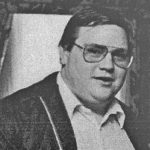
Chris was sitting on the dais for the inaugural public meeting of MonSTA, the Montreal Star Trek Association, later to evolve into MonSFFA. The fledgling club, however, was not his primary focus. He was excited and enthusiastic about the ambitious Star Trek fan magazine he was working on as publisher during those formative days, and the effort was, objectively, quite respectable. Called Final Frontier, the magazine ran for three issues before money issues ended Chris’ hopes of going pro with the publication.
We lost touch with him thereafter, and only recently learned that he had, some years ago, relocated to the U.S. More recently, we heard that he contracted the pernicious virus about October of 2021, became very sick, and subsequently passed away. MonSTA’s founding vice-president, Geoff Bovey, who himself had moved to the U.S., confirmed that Chris, indeed, was felled by COVID.
Maureen Whitelaw

Maureen’s health markedly deteriorated in recent years. She had been living in an elderly care home and was, in her final months, bedridden, reportedly on heavy doses of morphine for her pain. She died in her sleep during the night of February 20-21, 2022. We were never certain of her age, but believe she was 81 at the time of her passing.
Maureen had been a MonSFFAn for many years and regularly attended club meetings. She liked to draw and was a fan in particular of Star Trek, and Disney’s animated films. She appeared in our 2005 superhero spoof, MooseMan, playing the part of an aged mugging victim who is saved by the Antlered Avenger. She thoroughly enjoyed her many years as a member of MonSFFA, and we are glad that the club provided for her happy times.
We remember Maureen as invariably cheery and genial, until she lost her mother a few years ago, and more recently, her brother, who succumbed to COVID at the outset of the pandemic. These terrible losses seemed to hit Maureen especially hard, and she was never again quite the sunny, upbeat individual we’d all come to know. But she always asked club president Cathy Palmer-Lister about MonSFFA during their regular phone conversations, and she looked forward greatly to receiving and reading her copy of the club’s fanzine.
Maureen, it seemed, missed her friends at MonSFFA, and we can now only hope that she knew how much we all missed her.
Join us, now, on ZOOM, to remember these MonSFFen departed, as well as fans from other local organizations like ConCept, taken from us far too soon. Share your stories of these people, and any photographs you may have of them.
Again, those of you not able to join us on ZOOM may reminiscence in writing by using this post’s “Leave a Comment” feature.